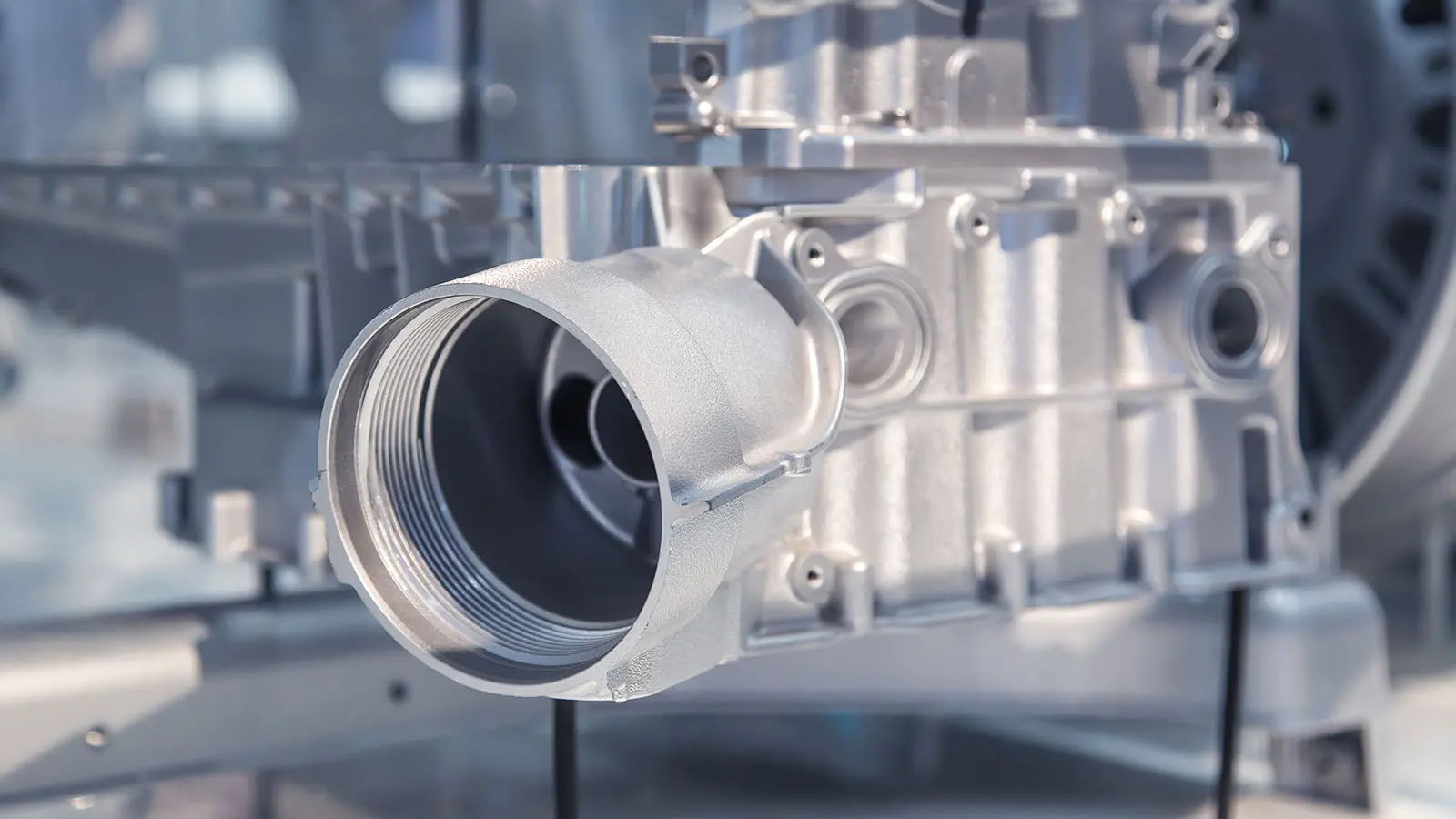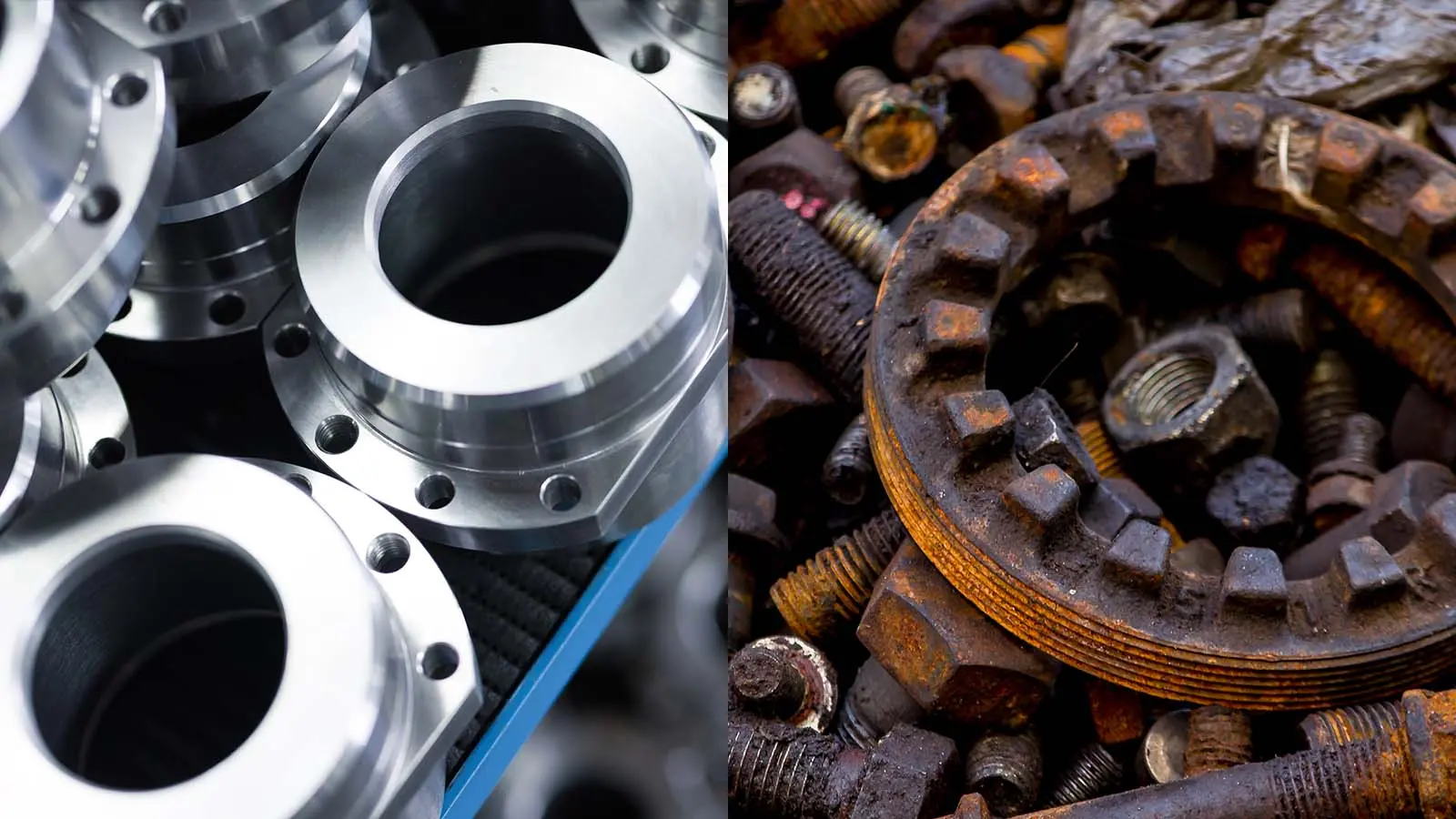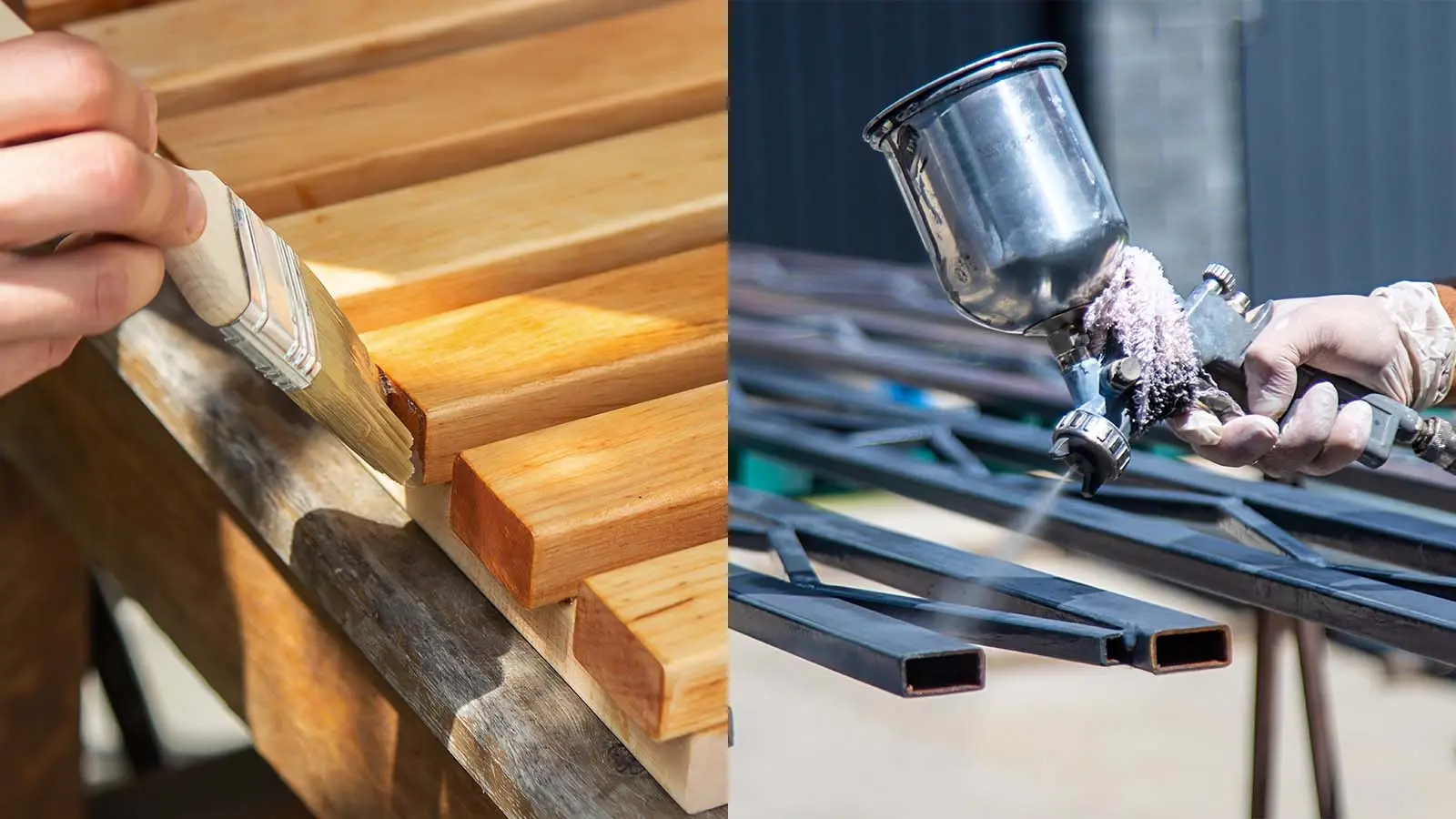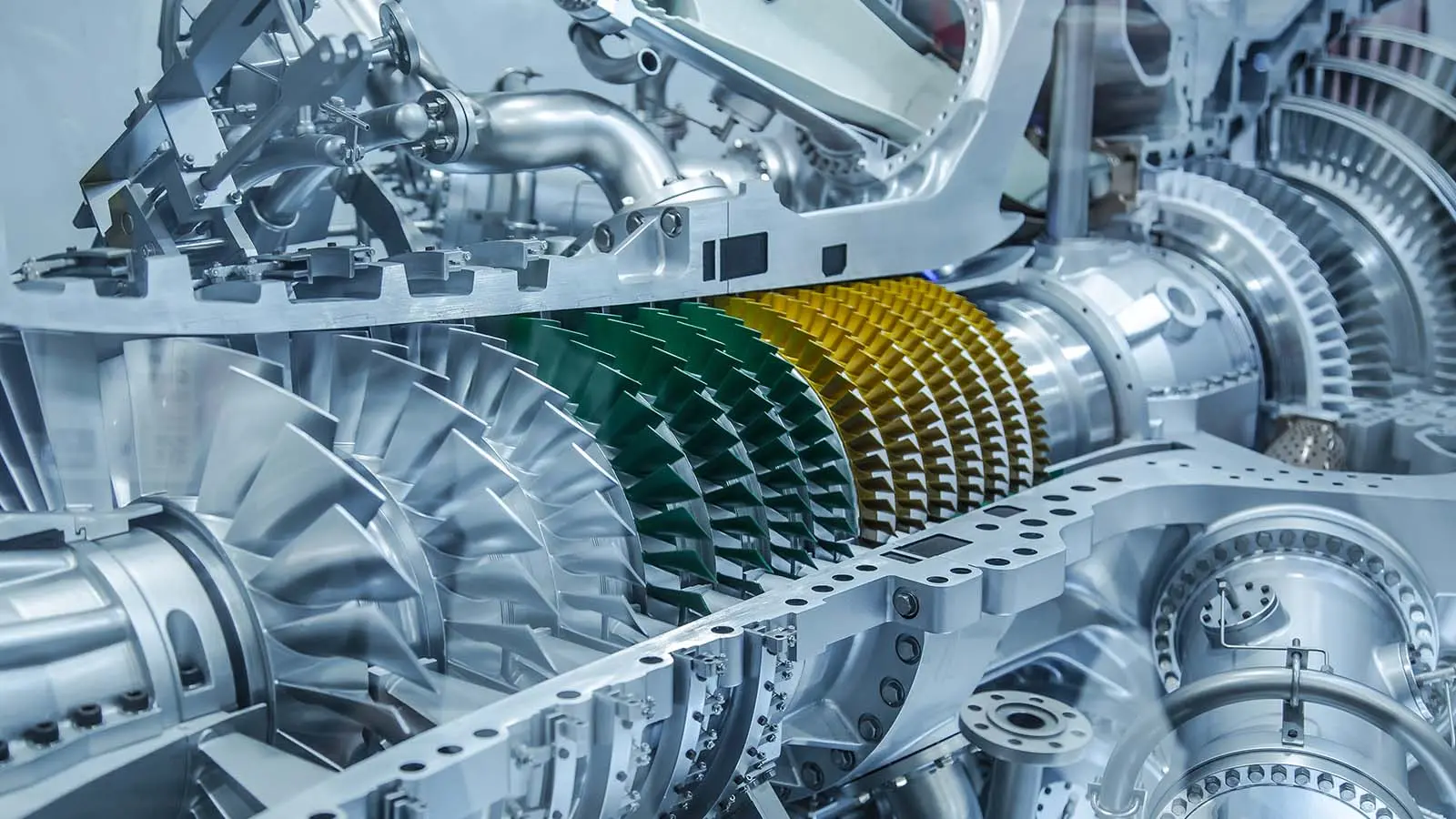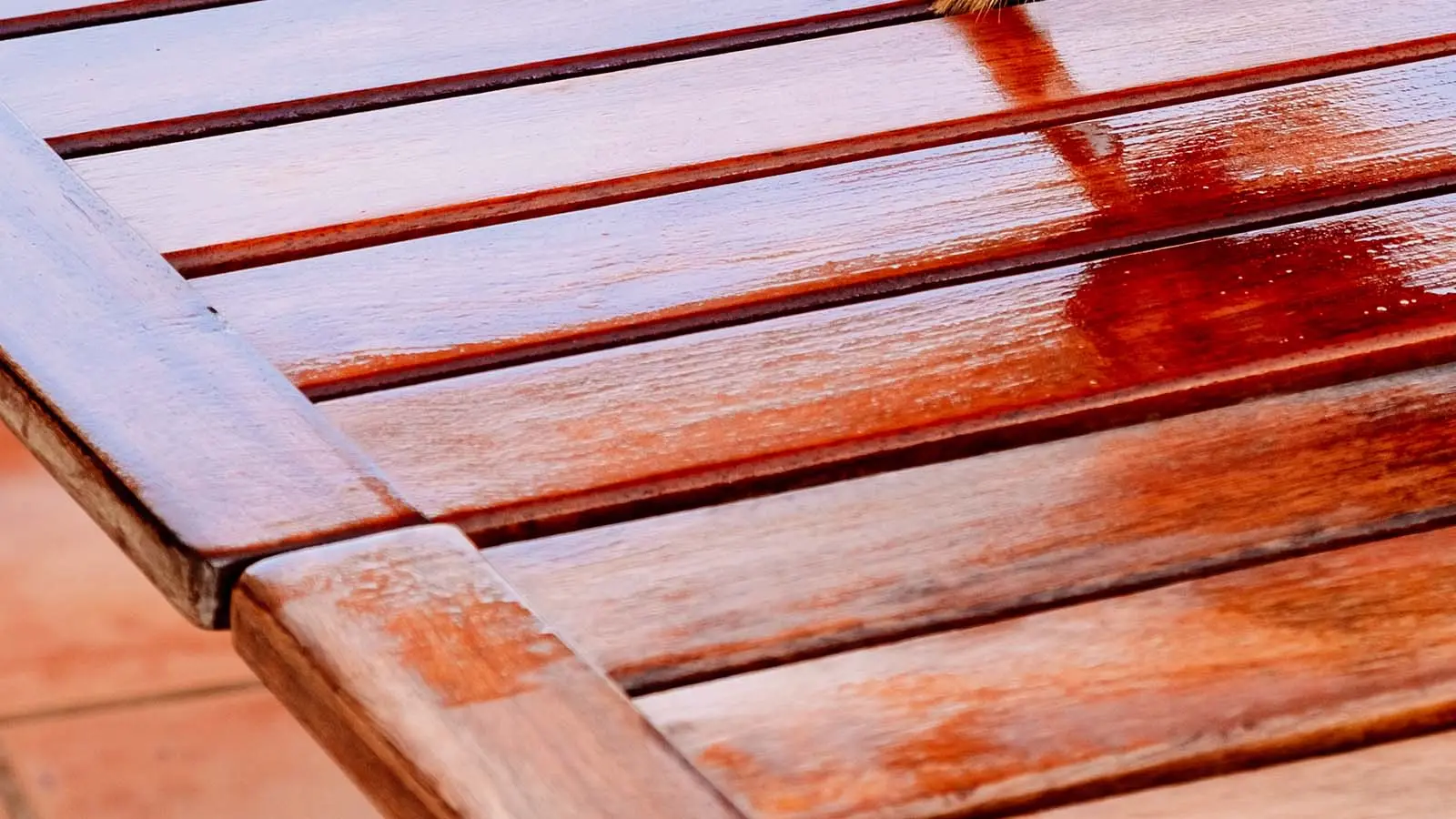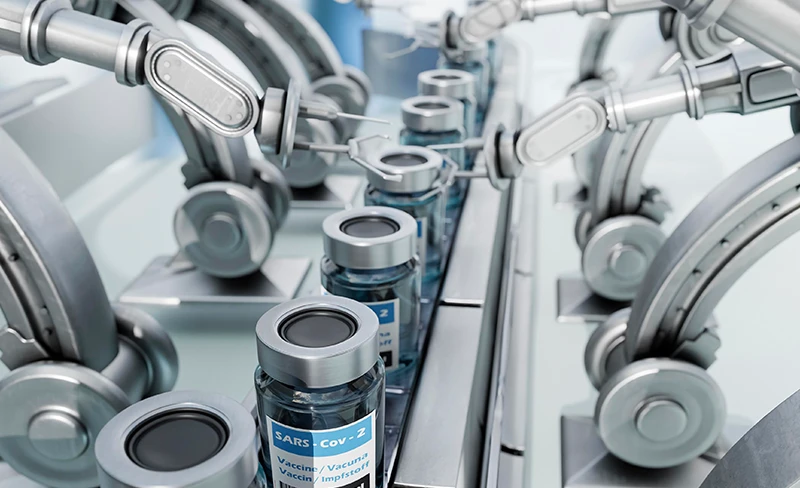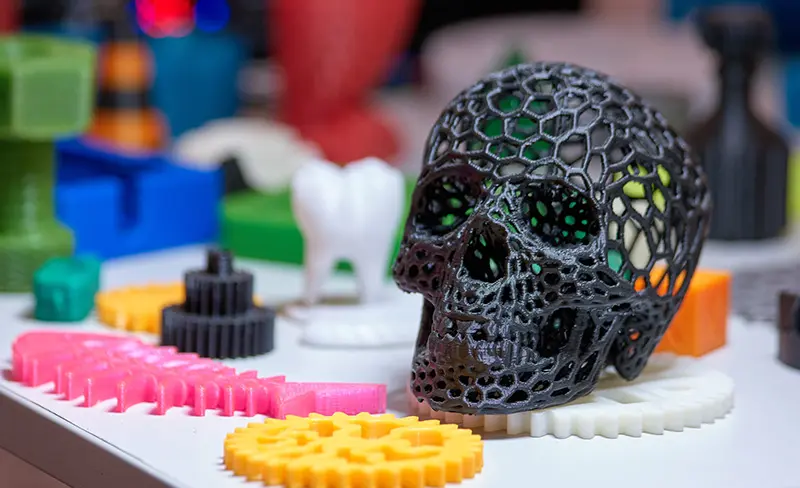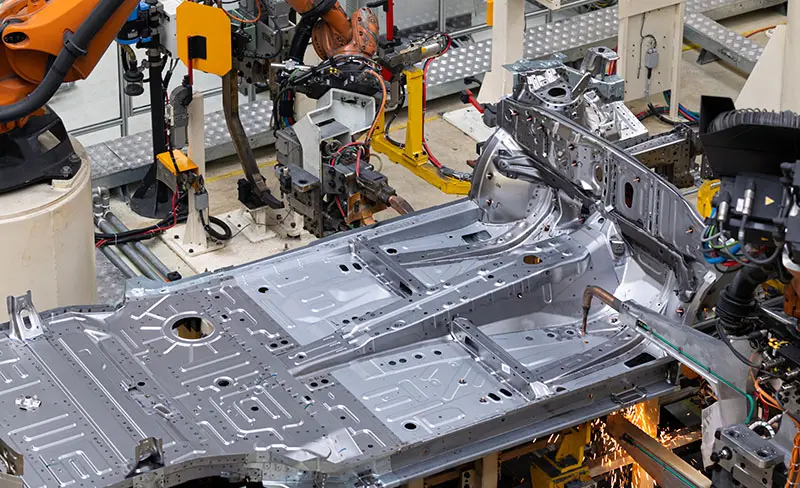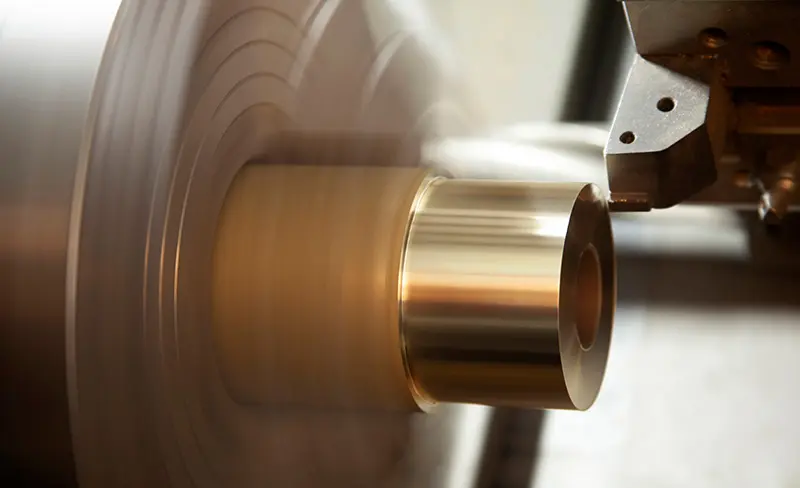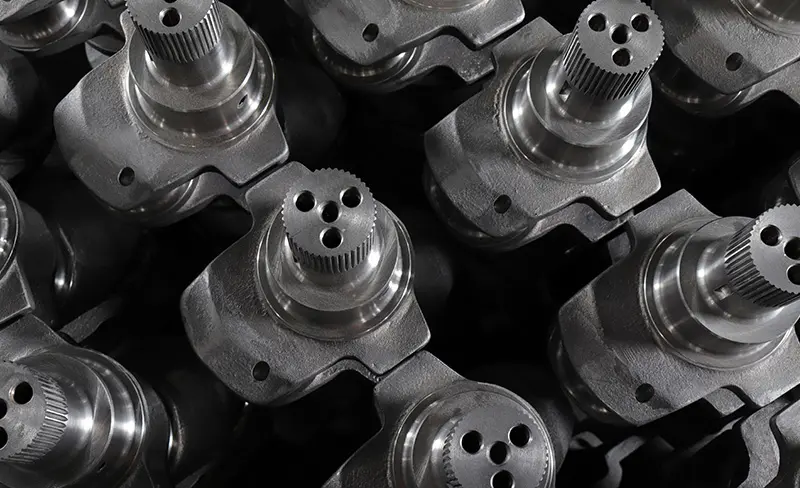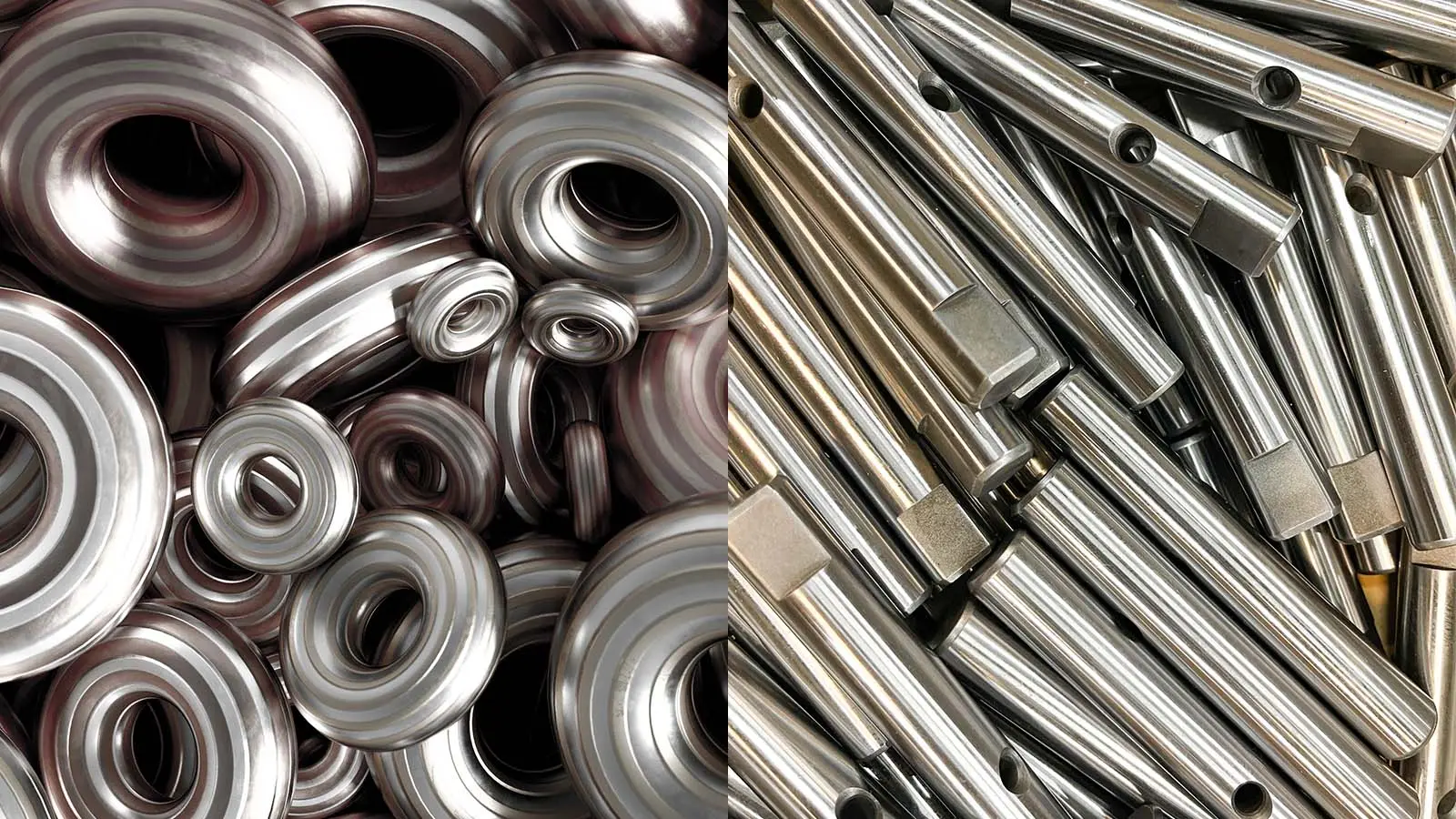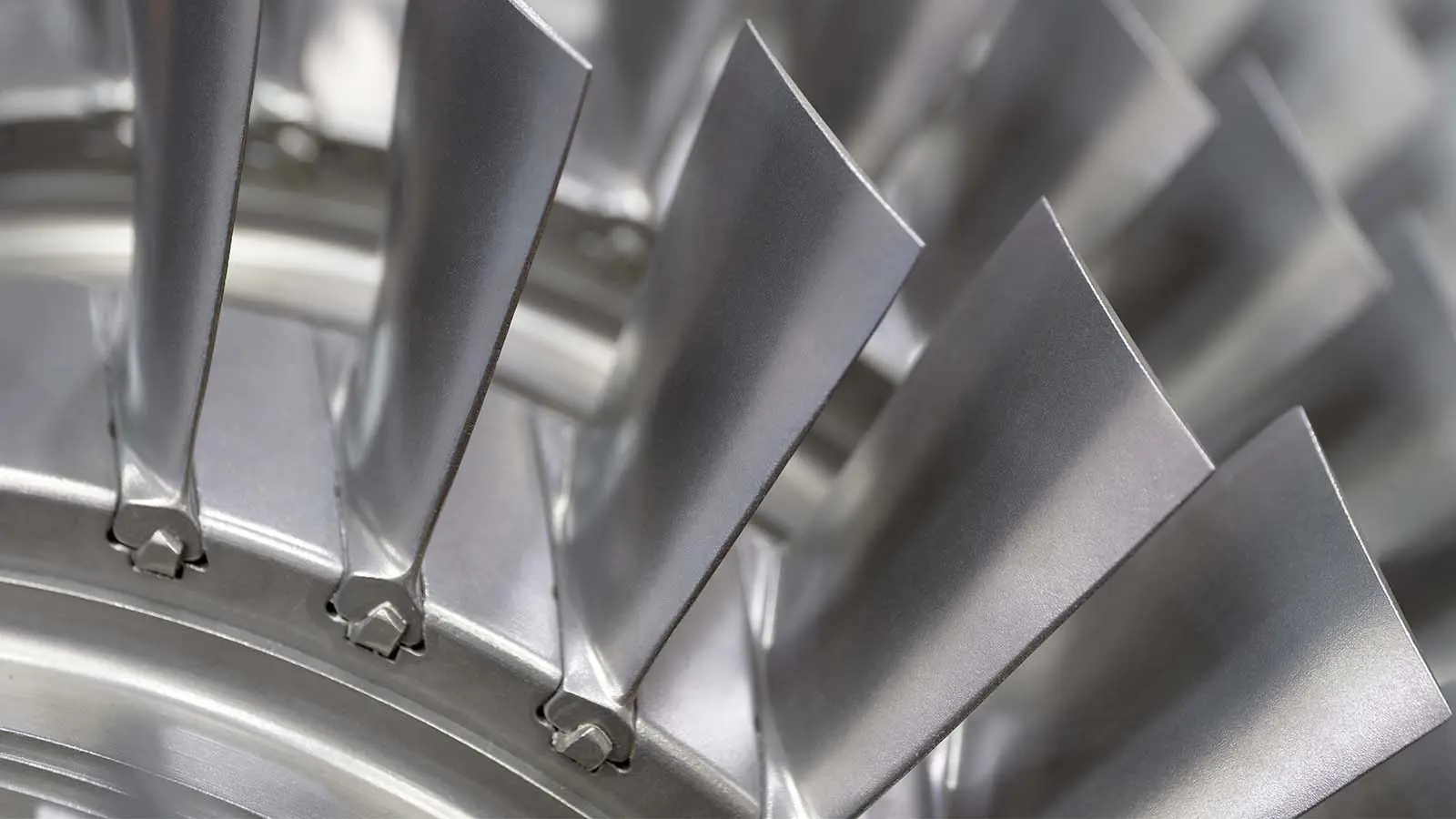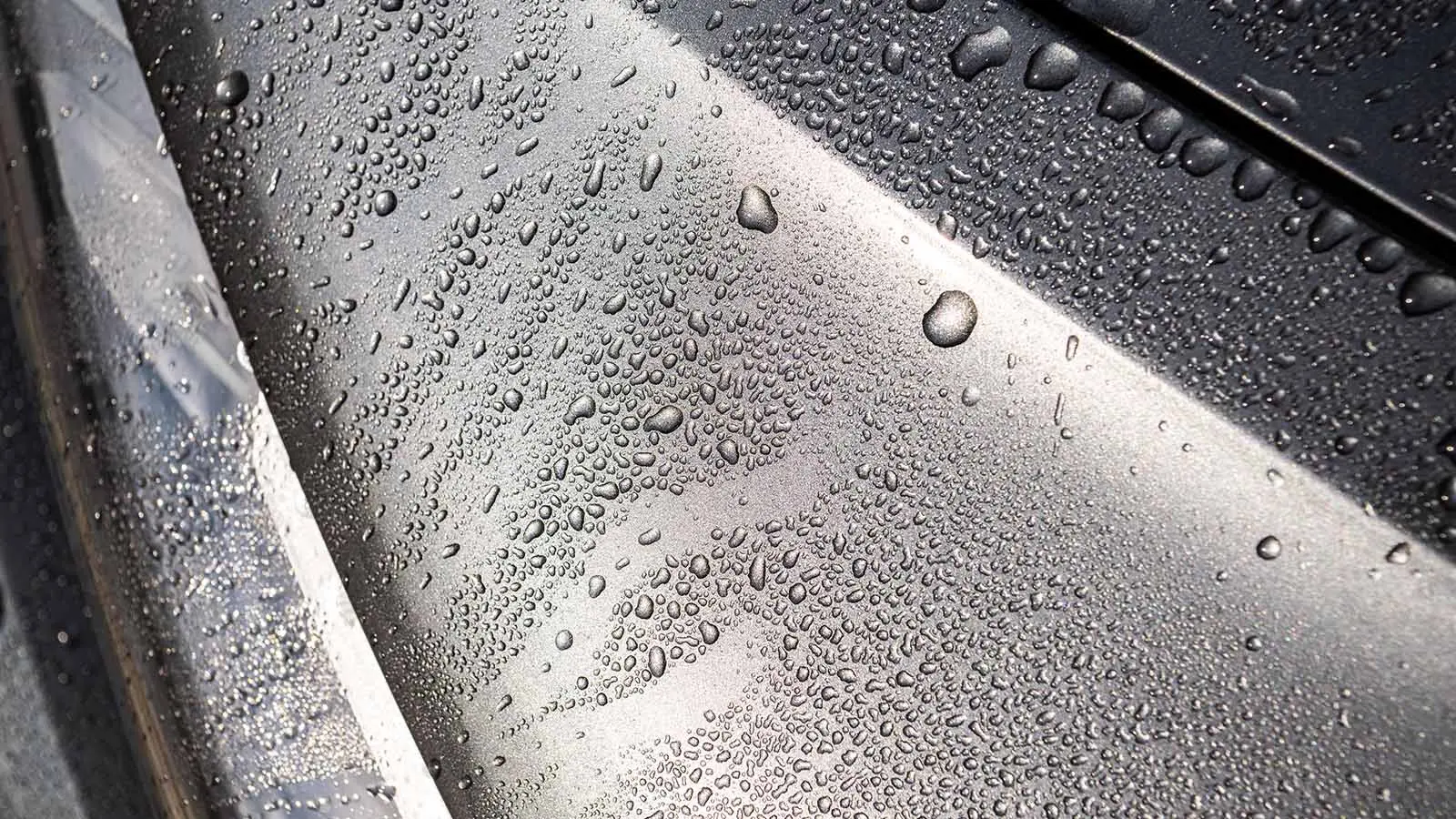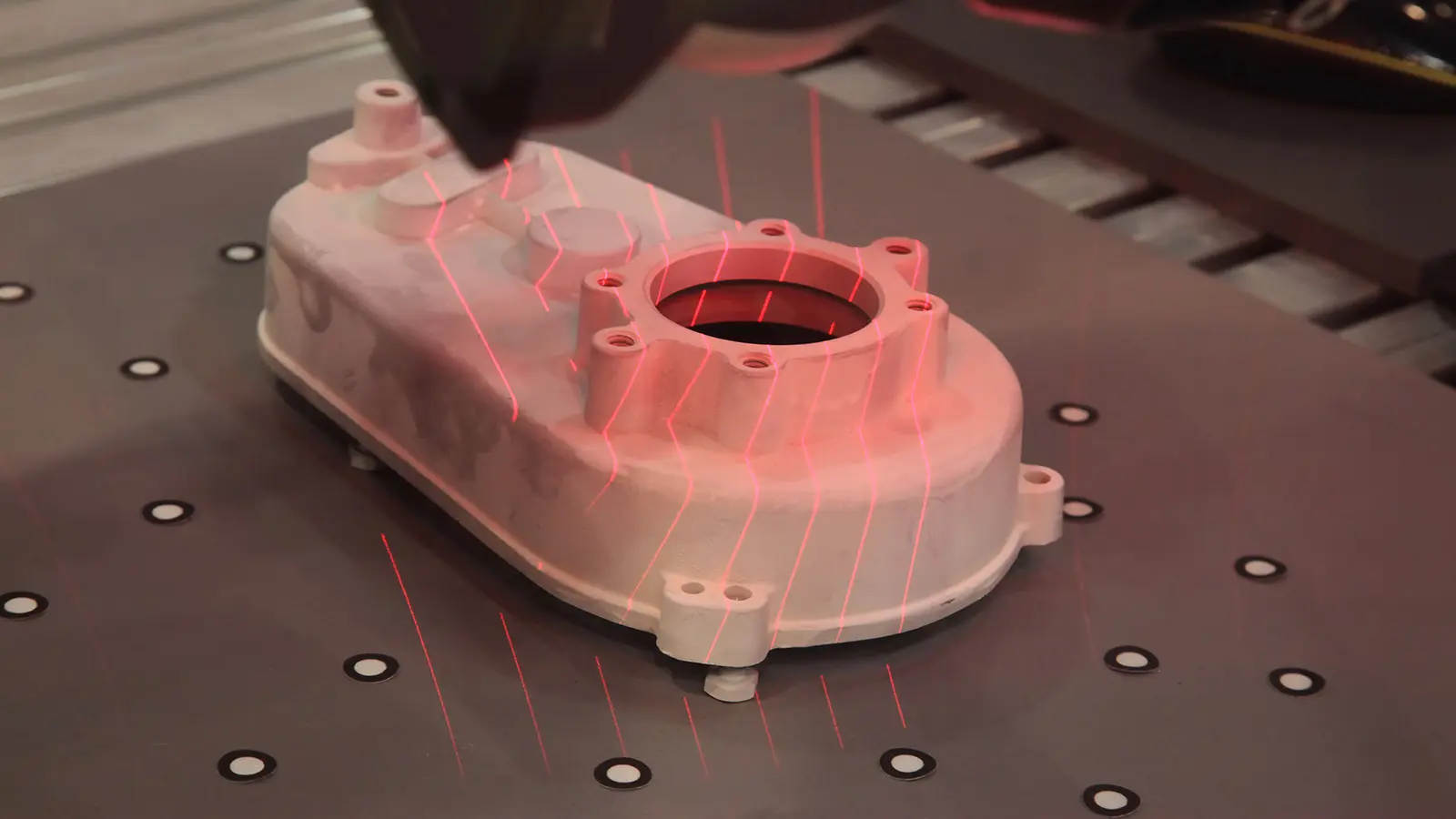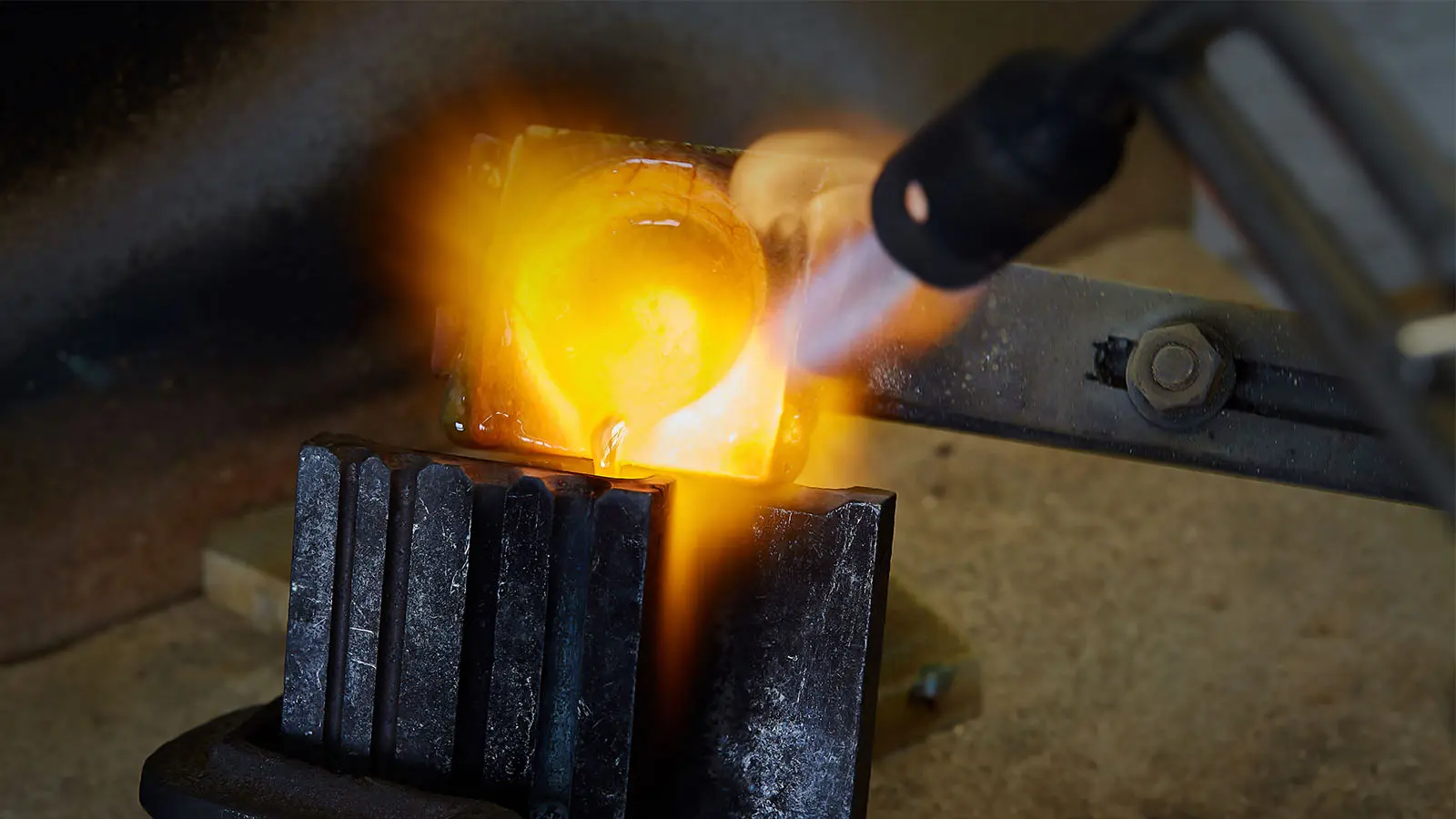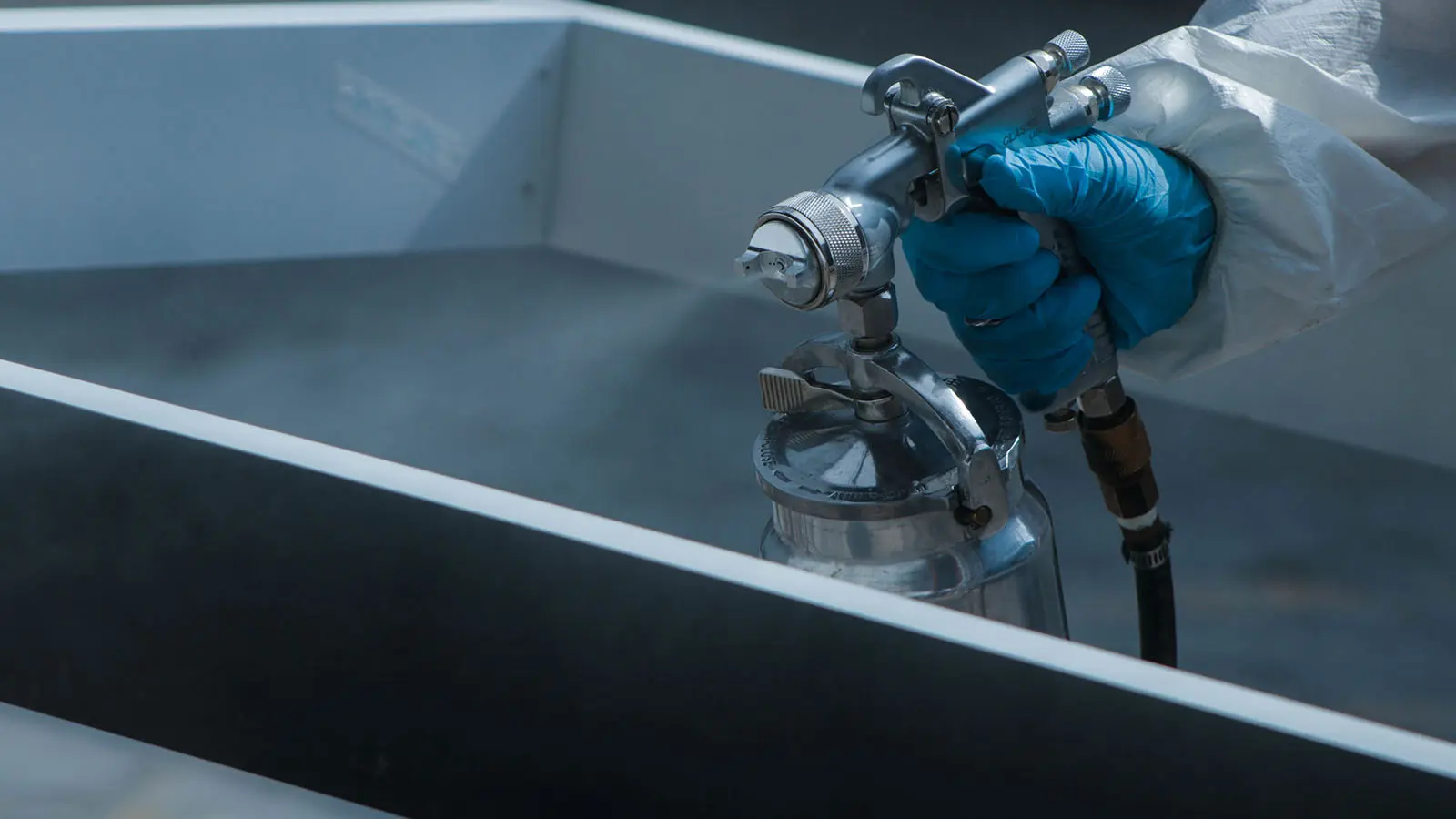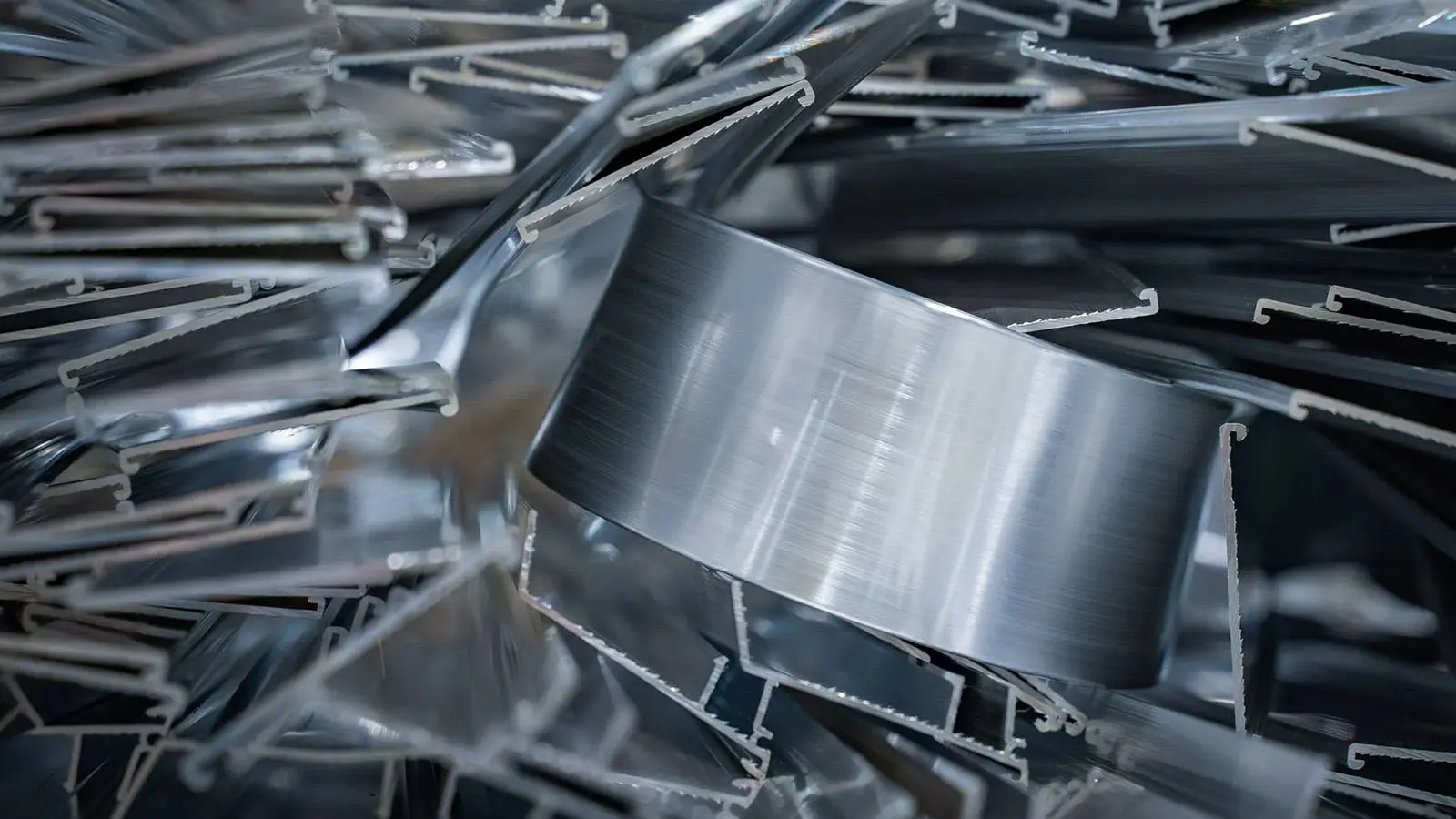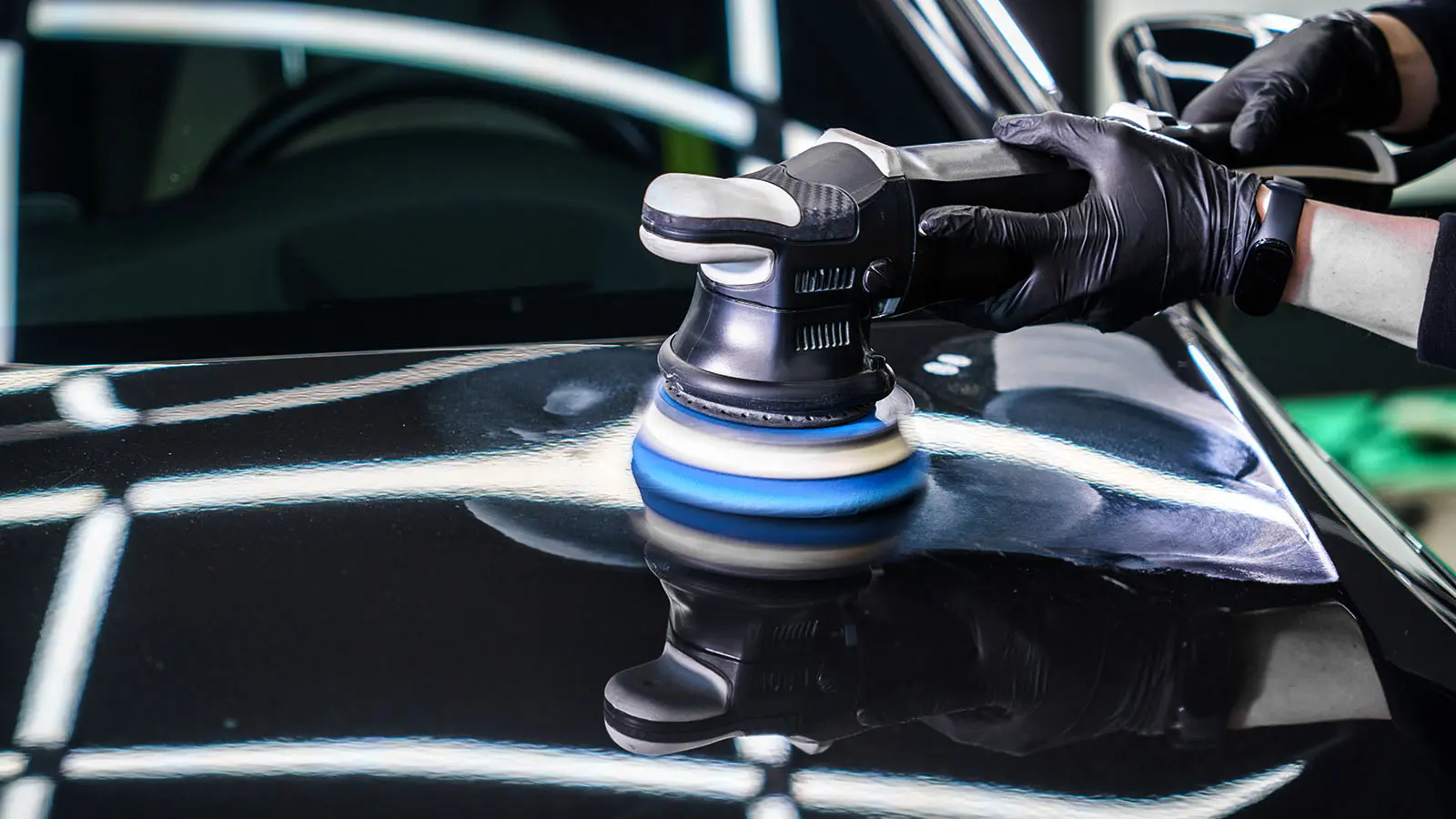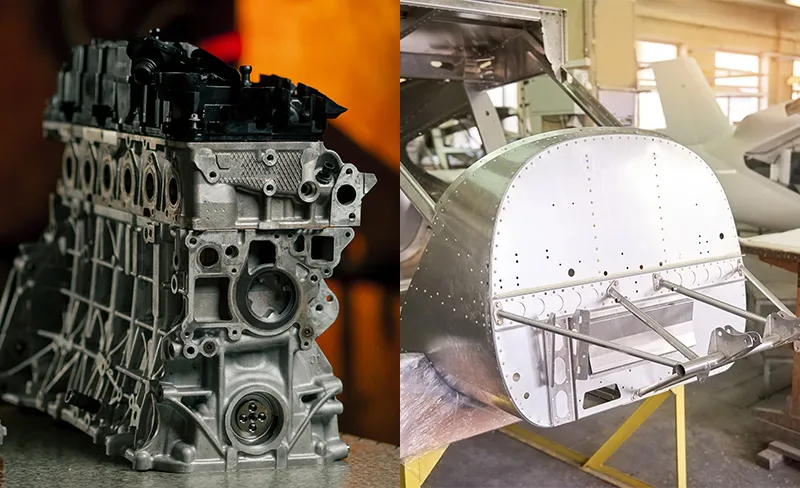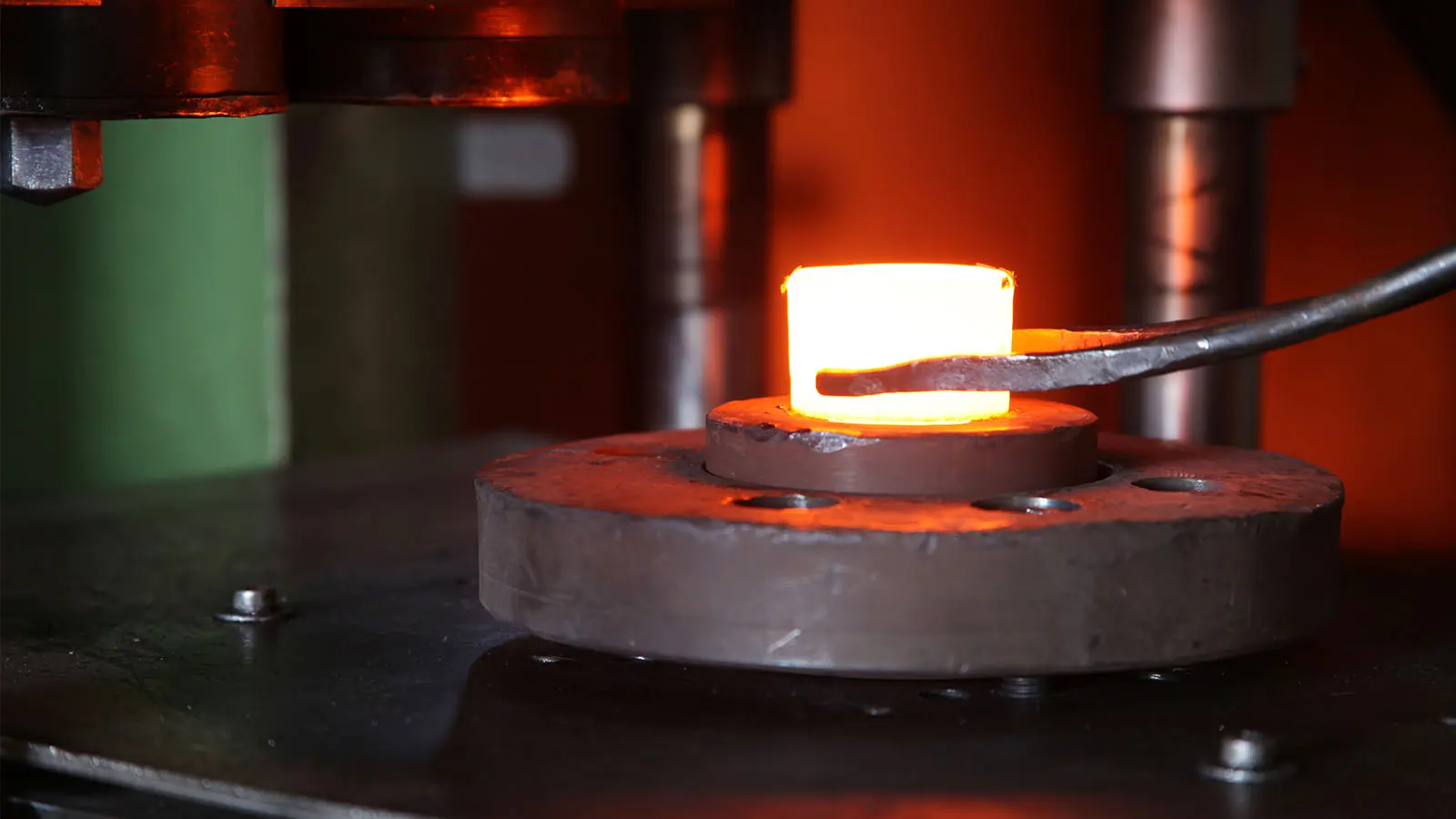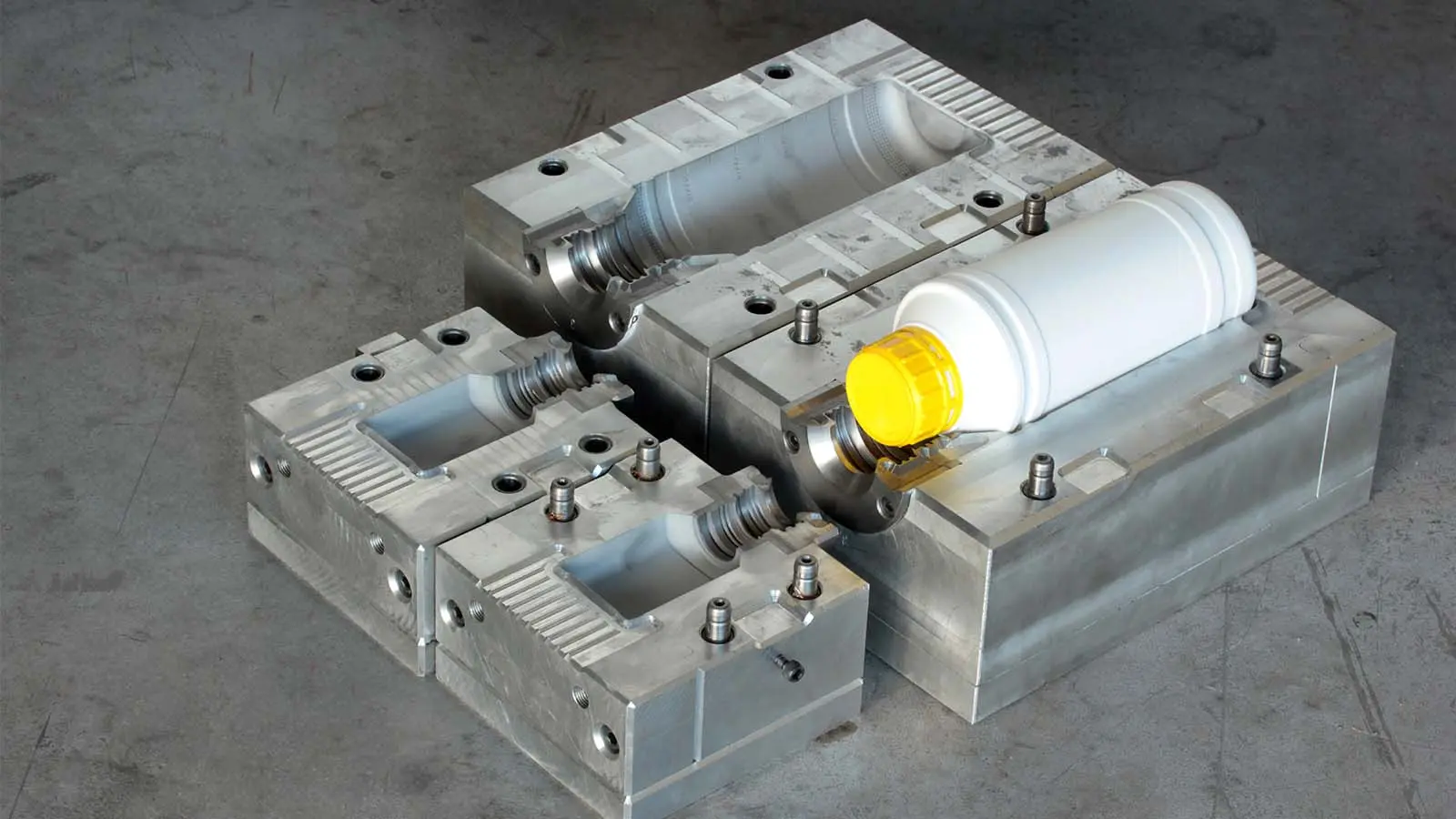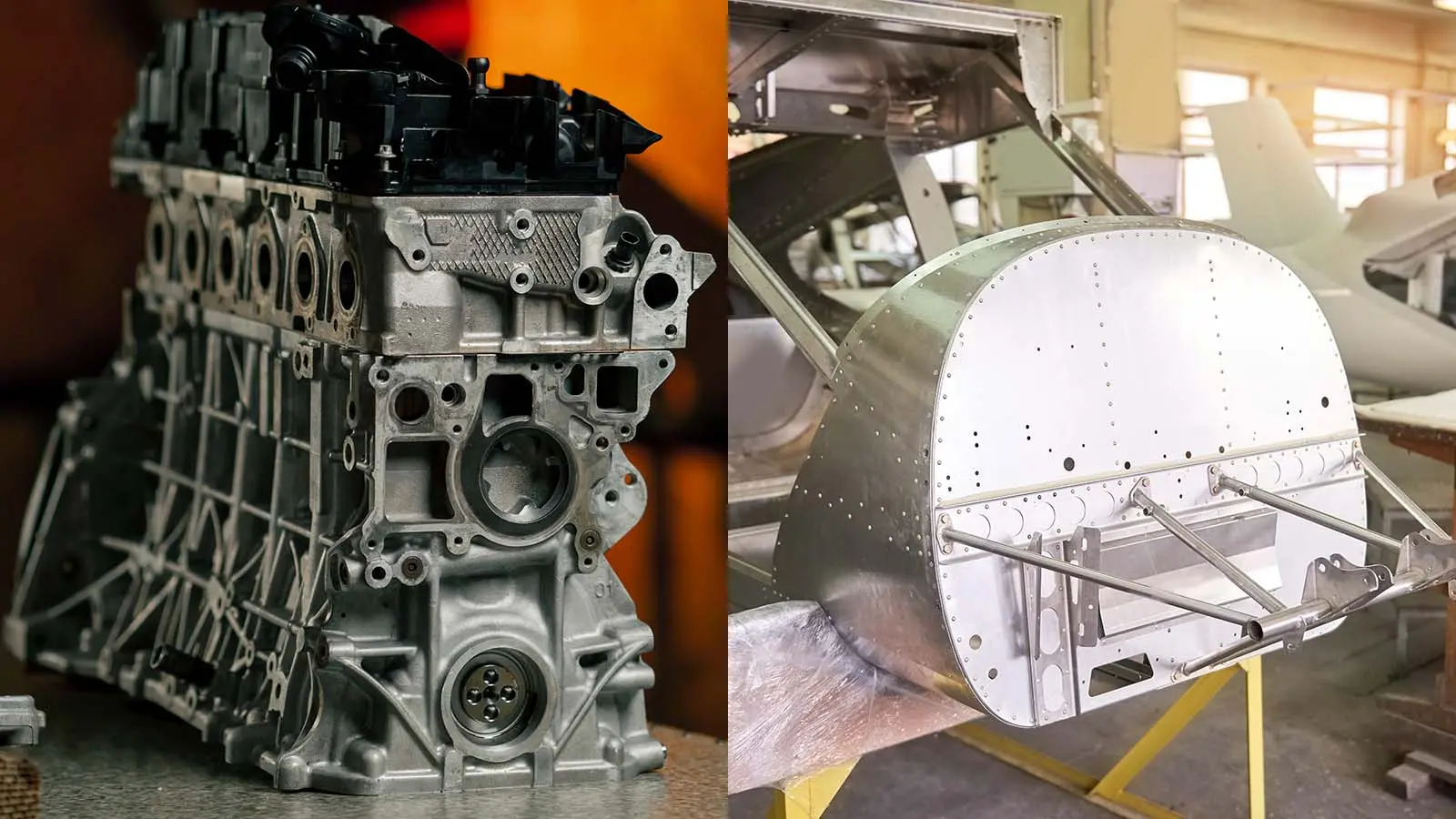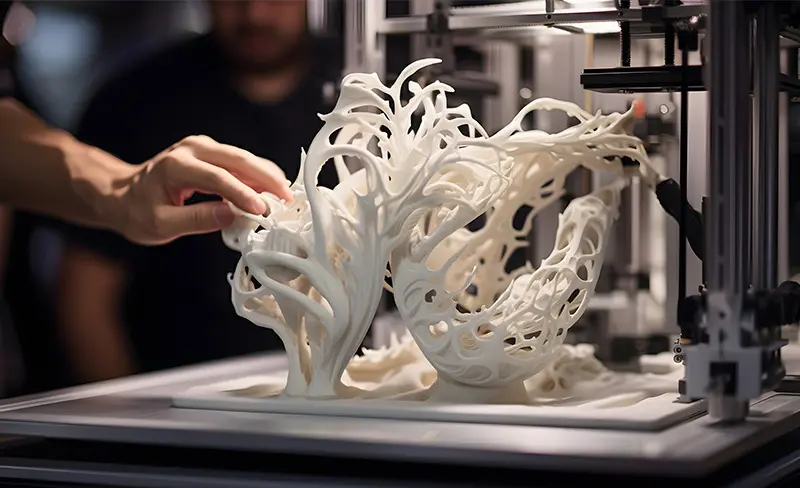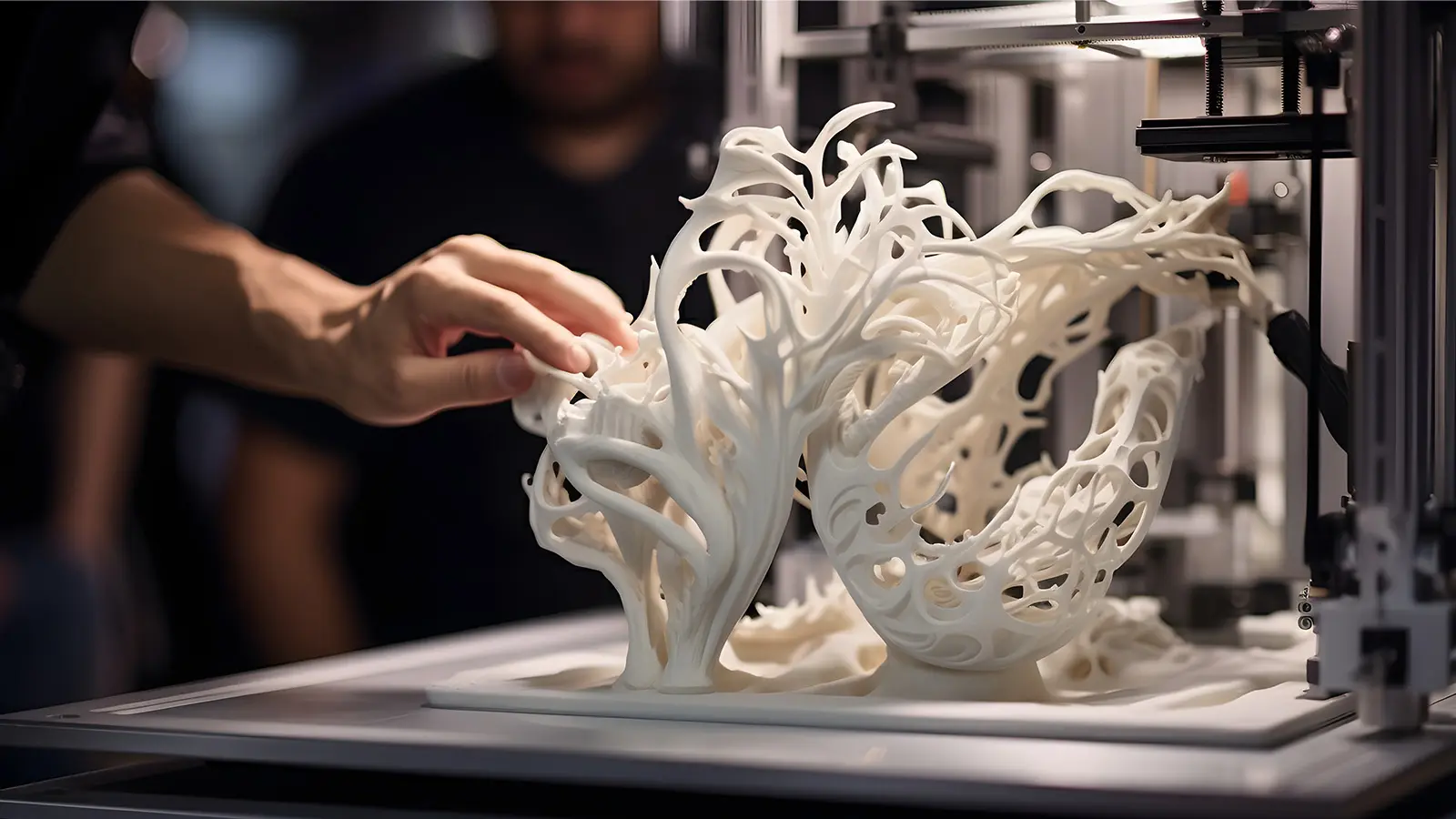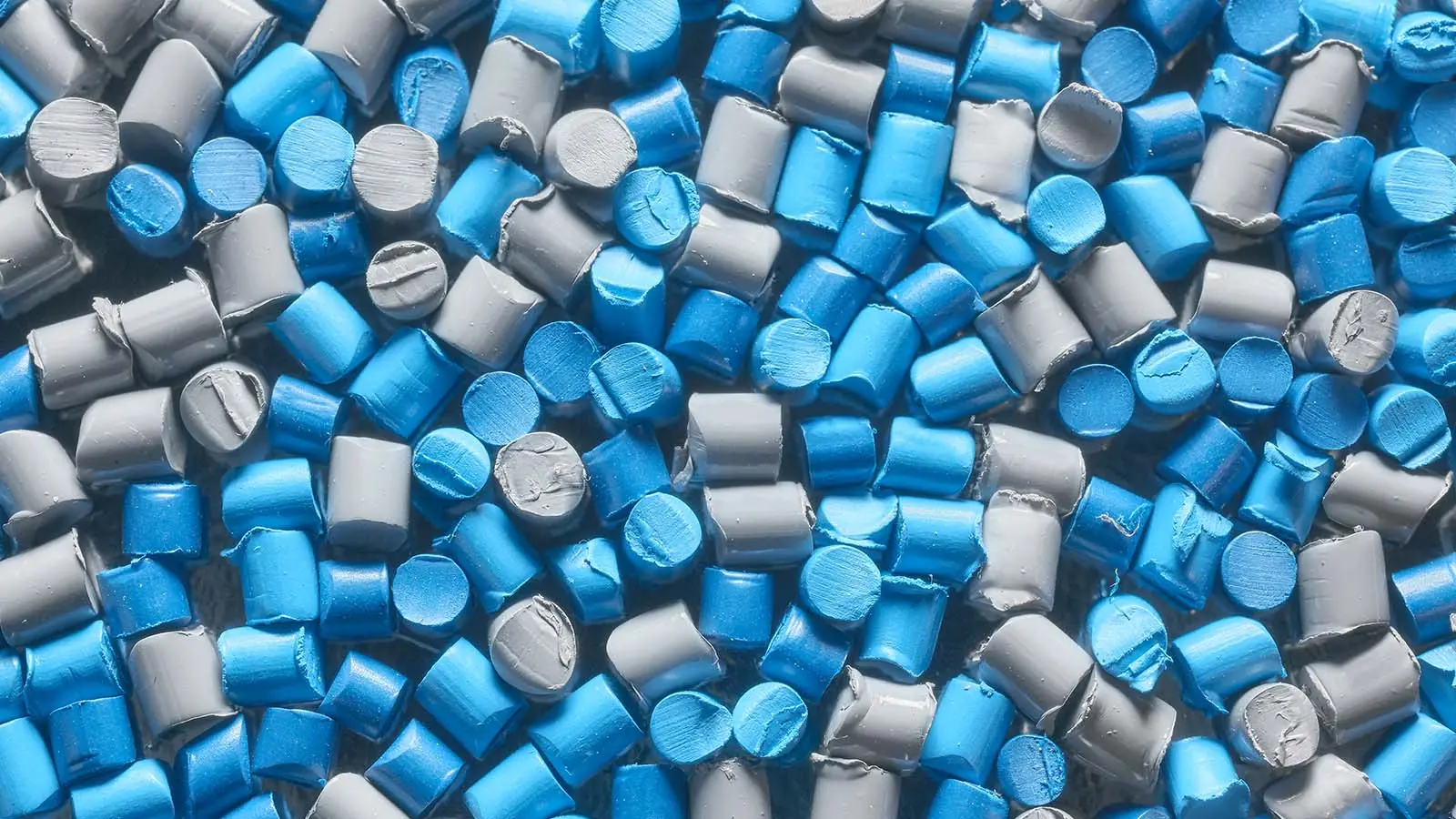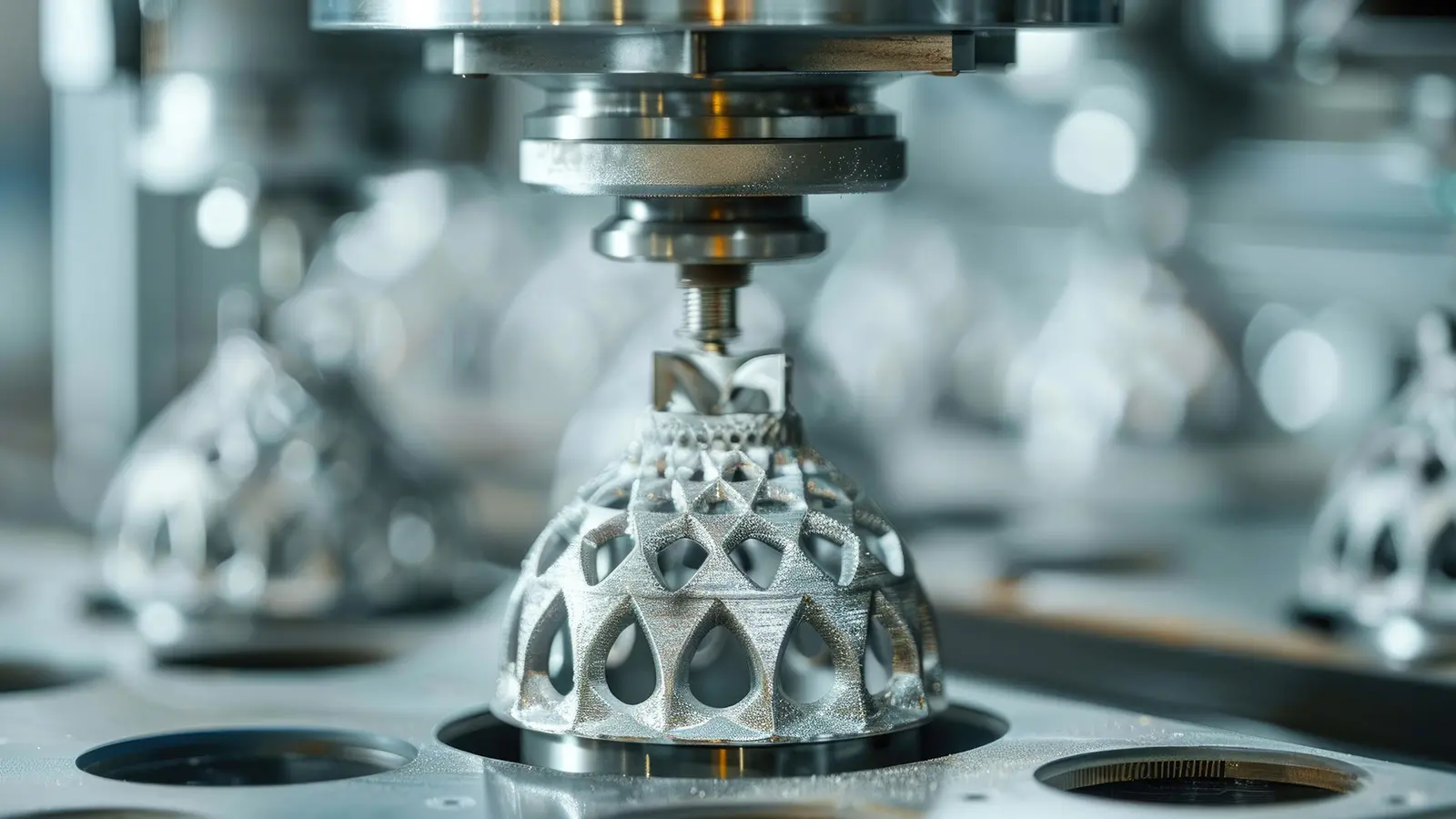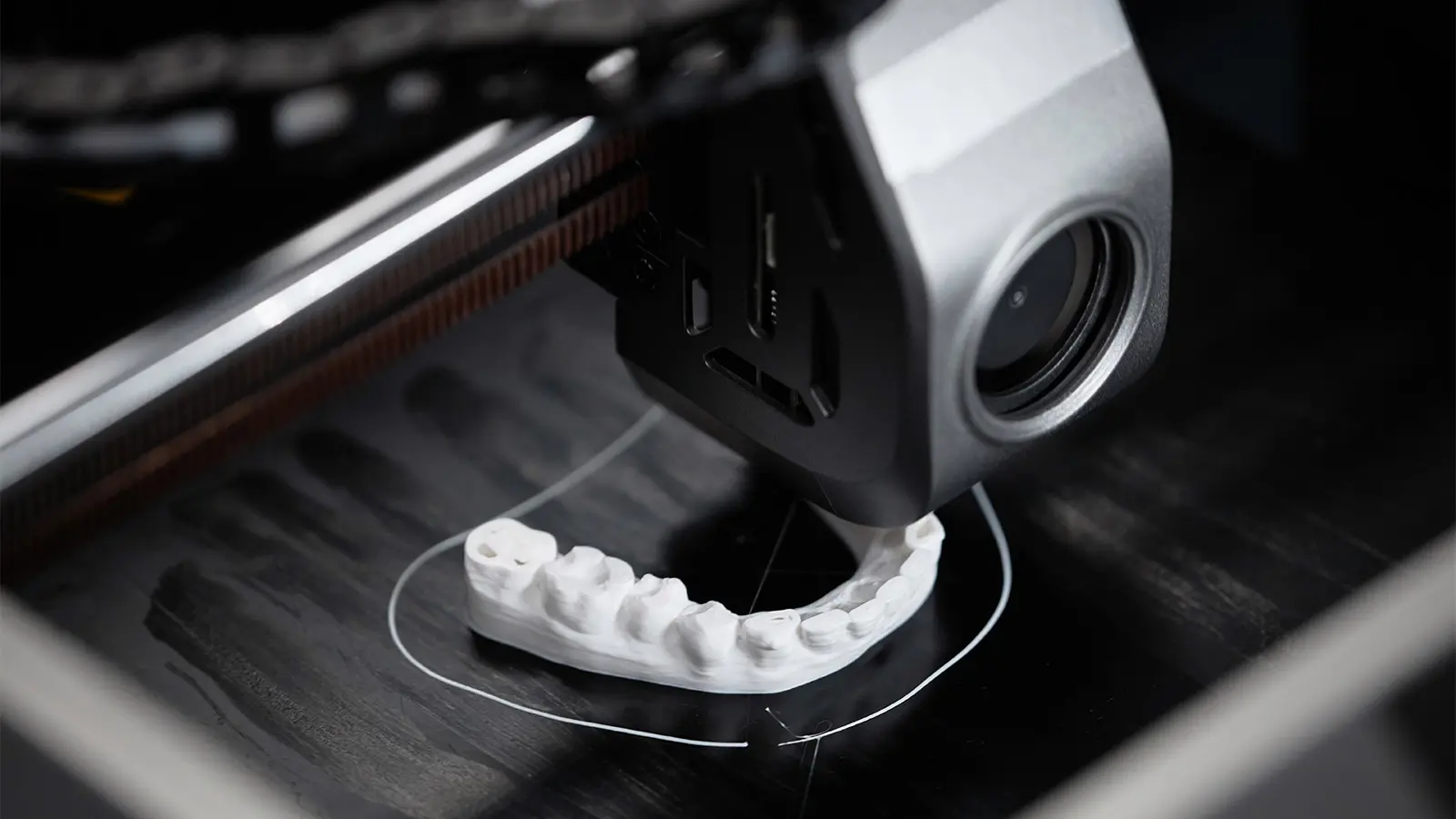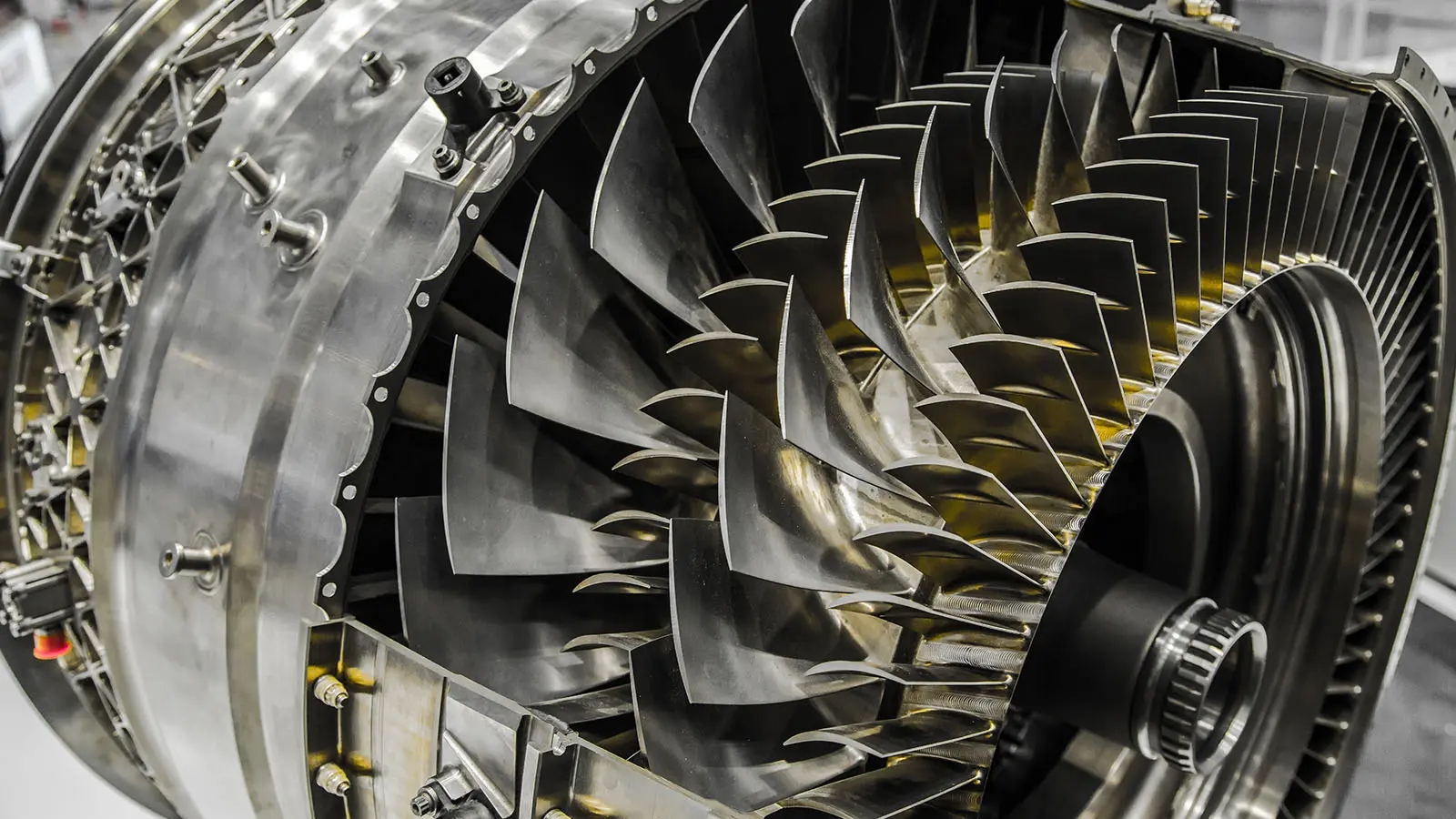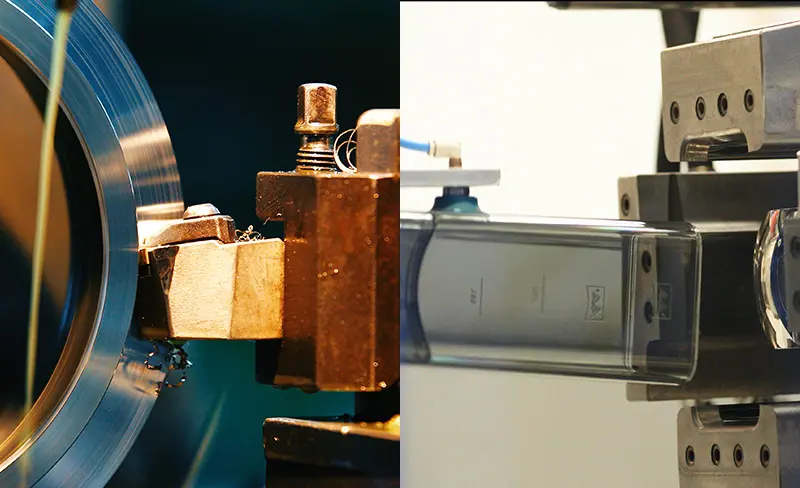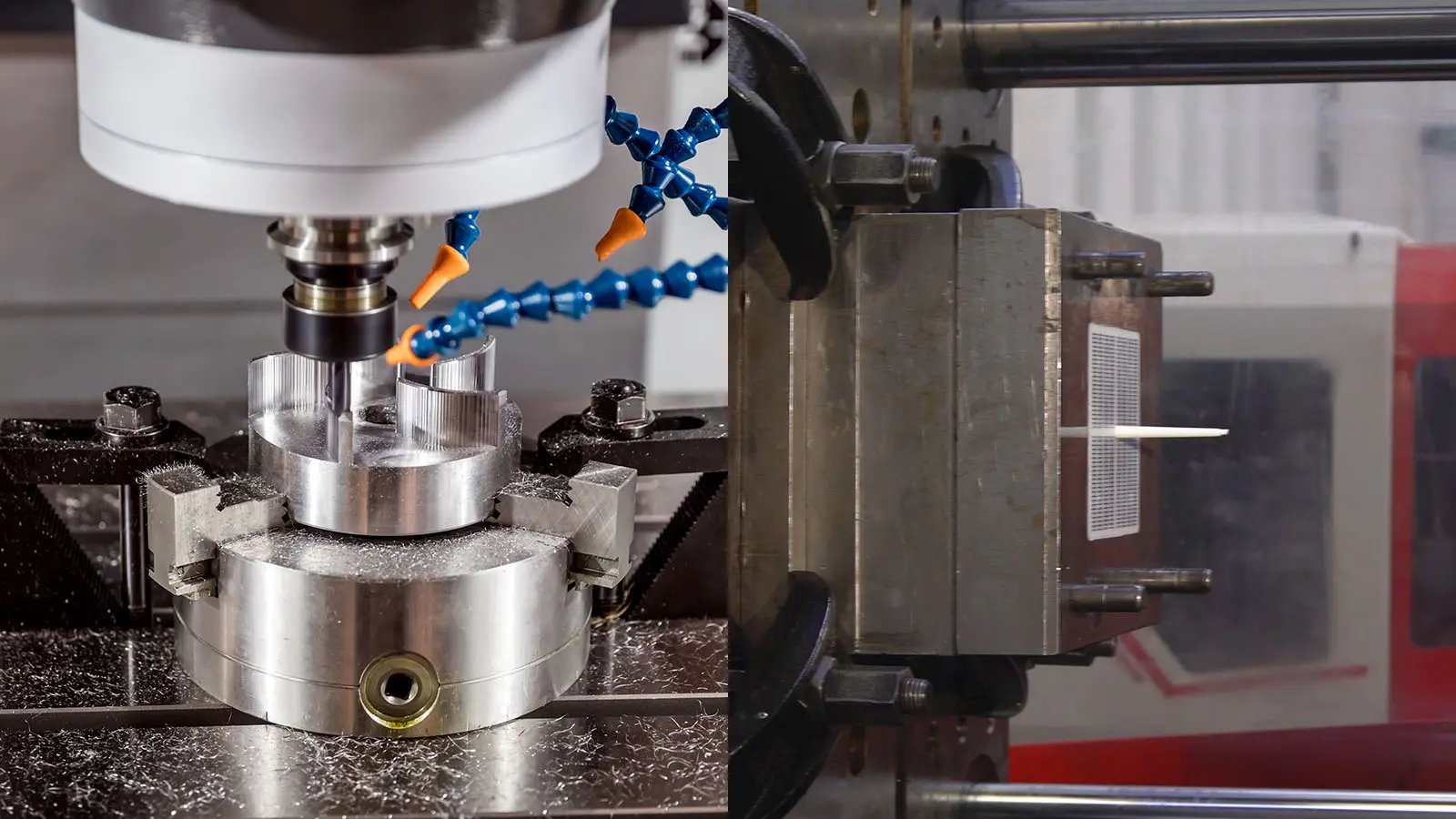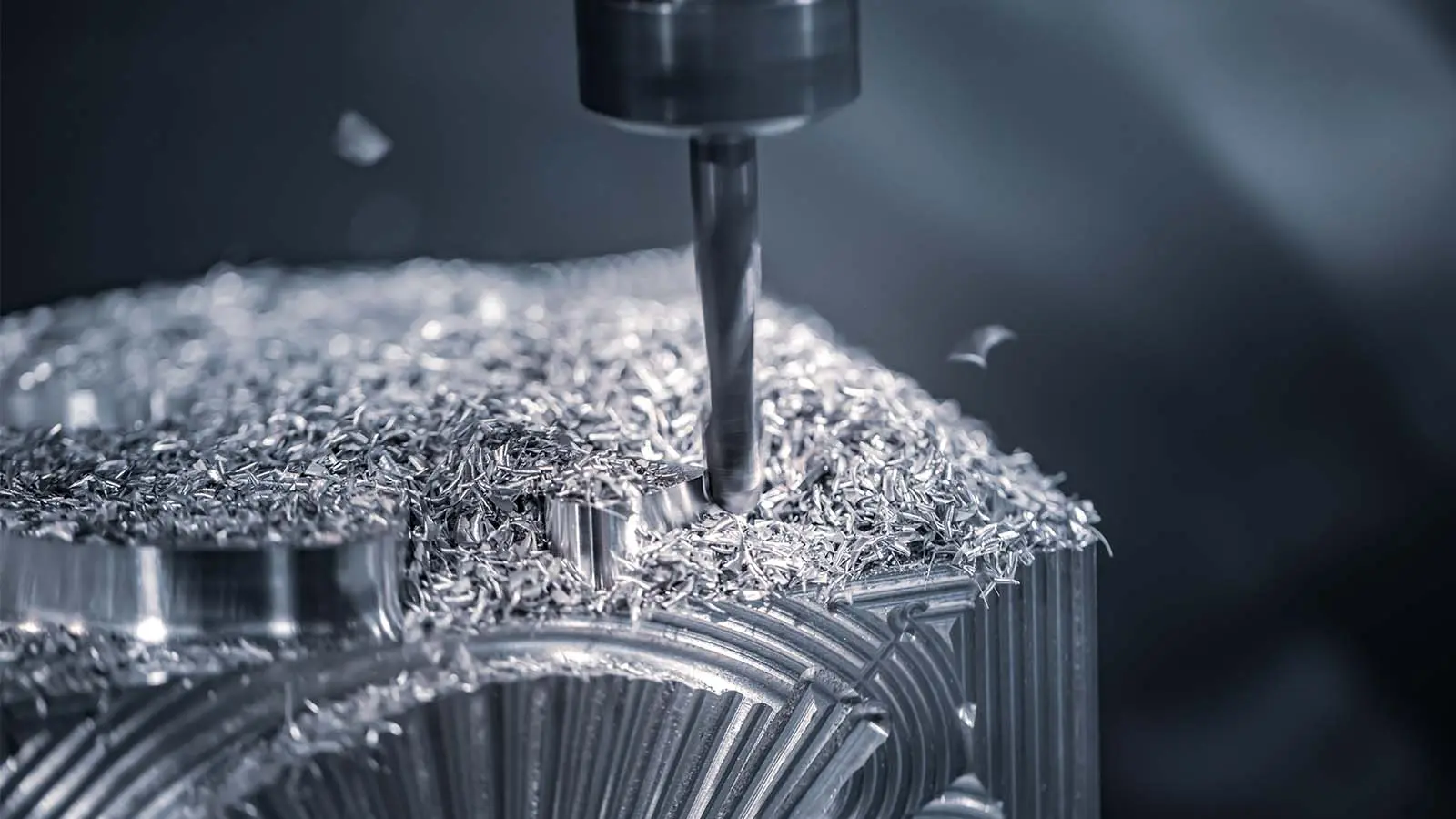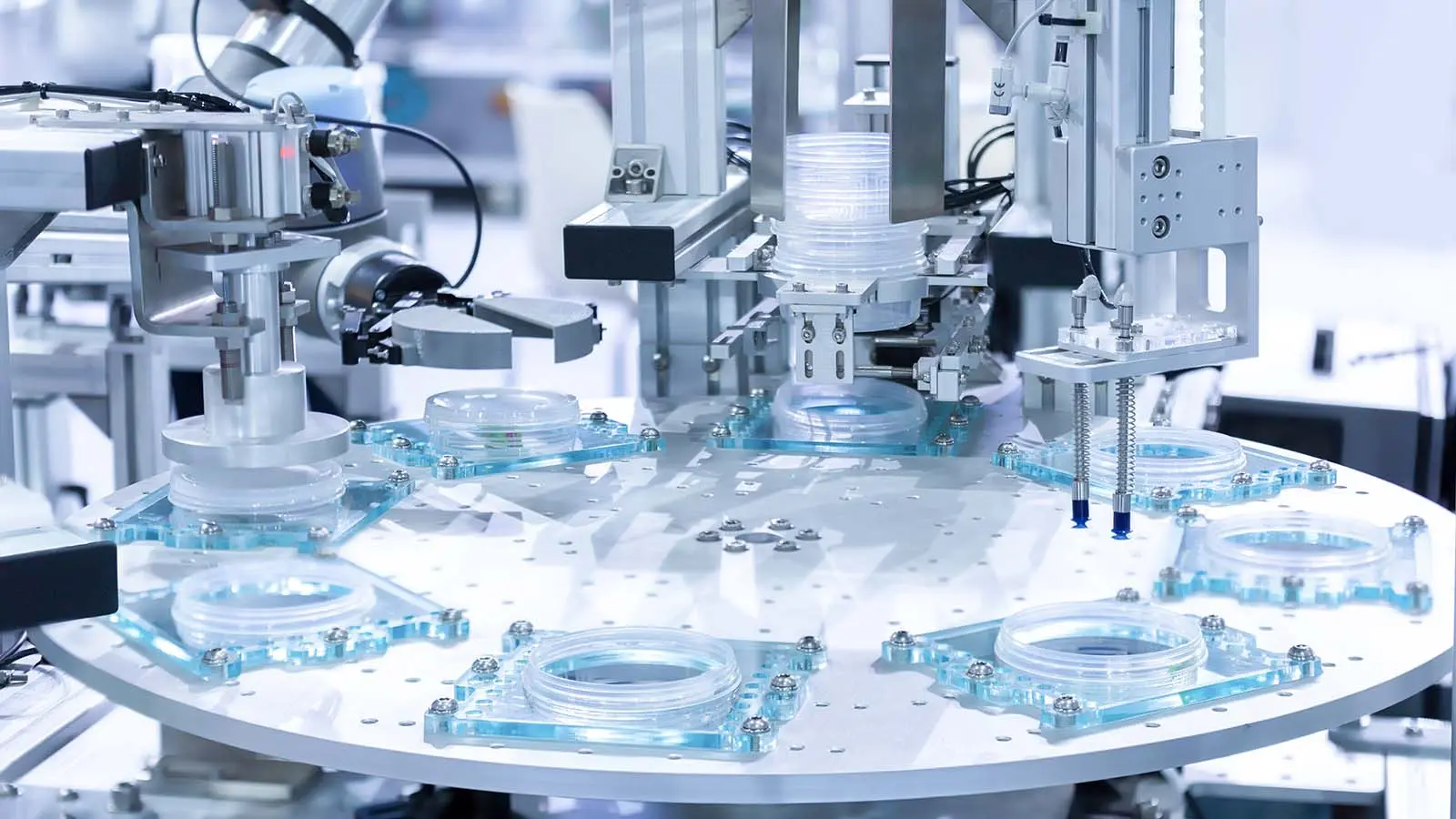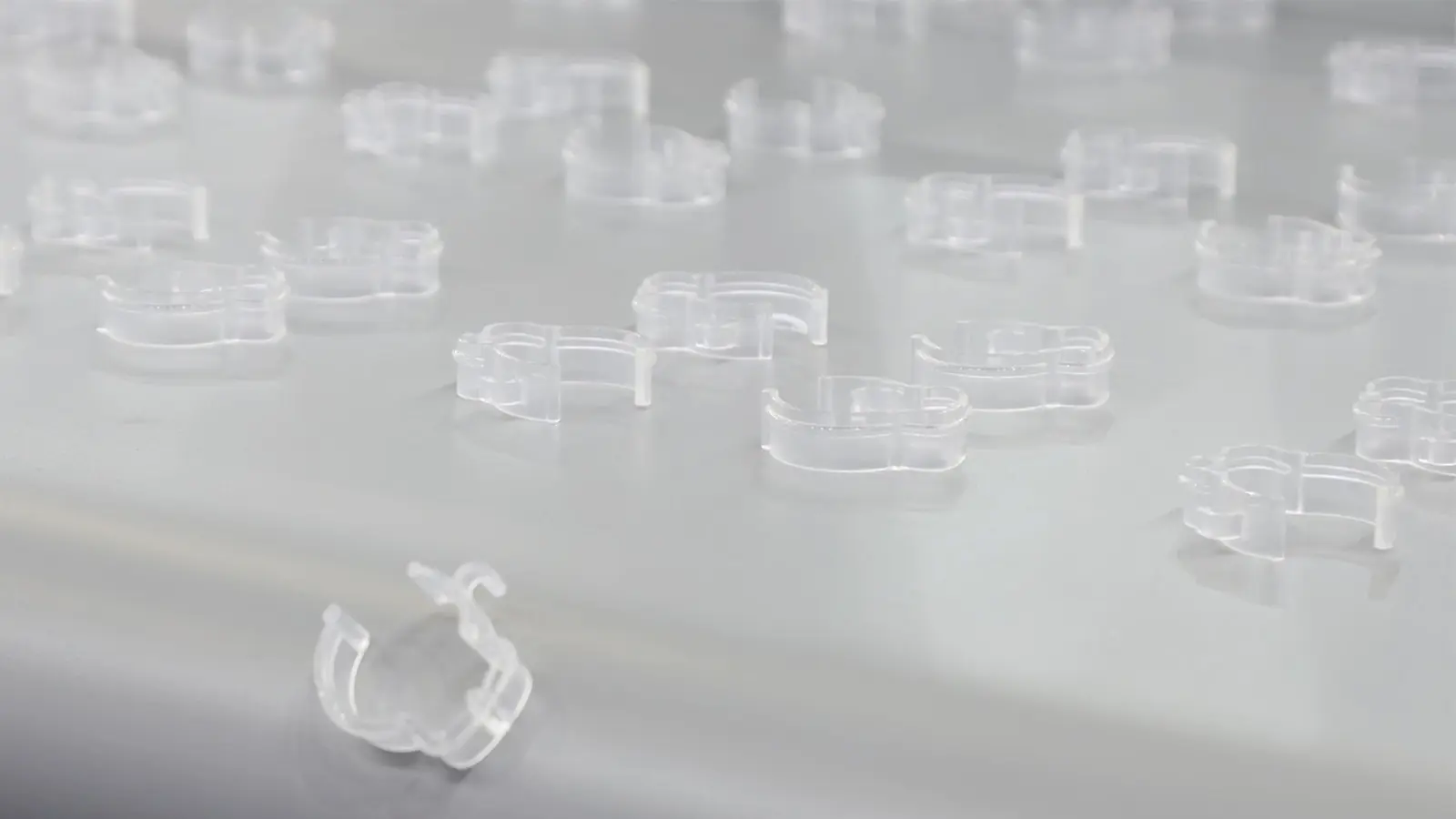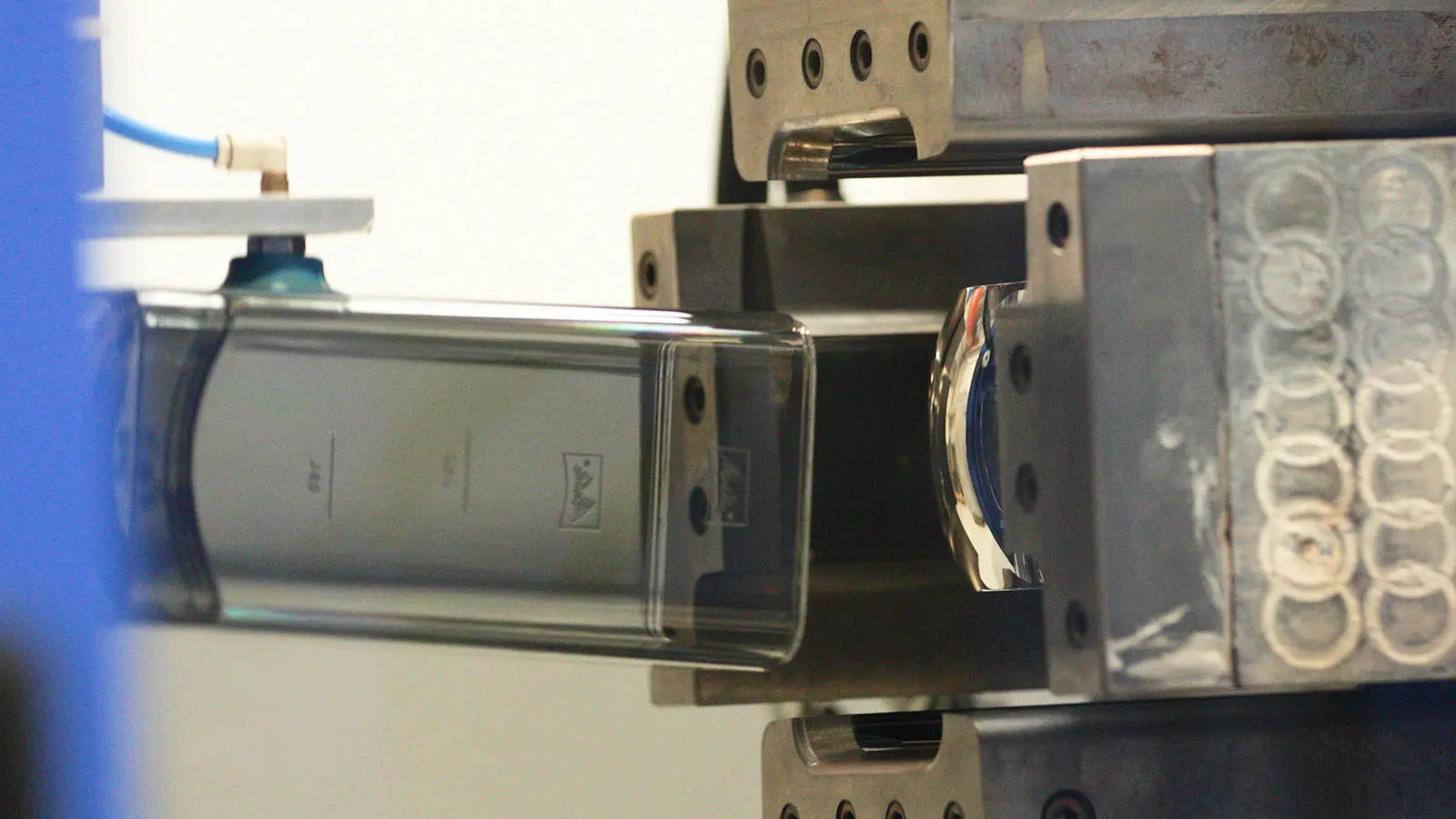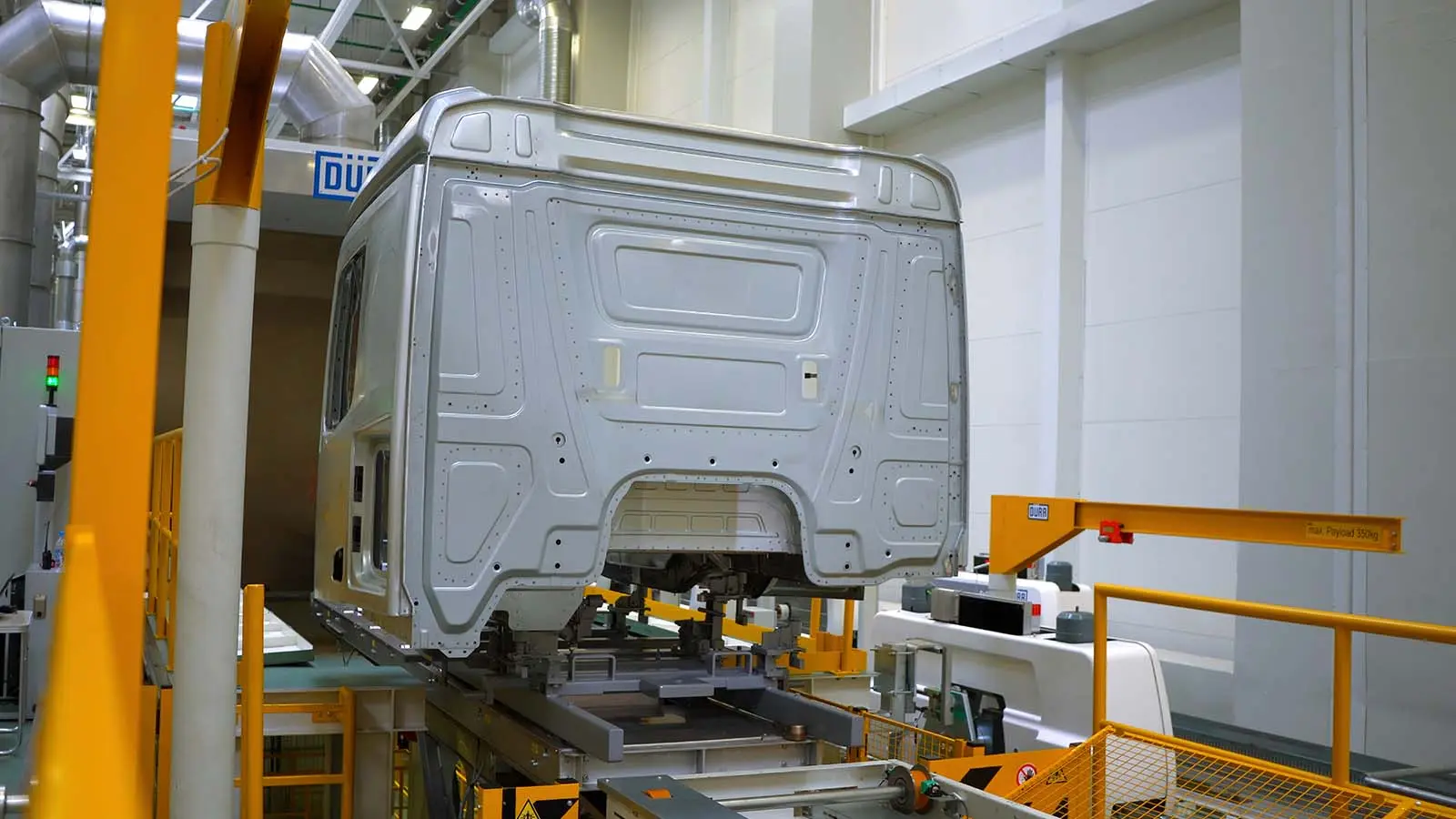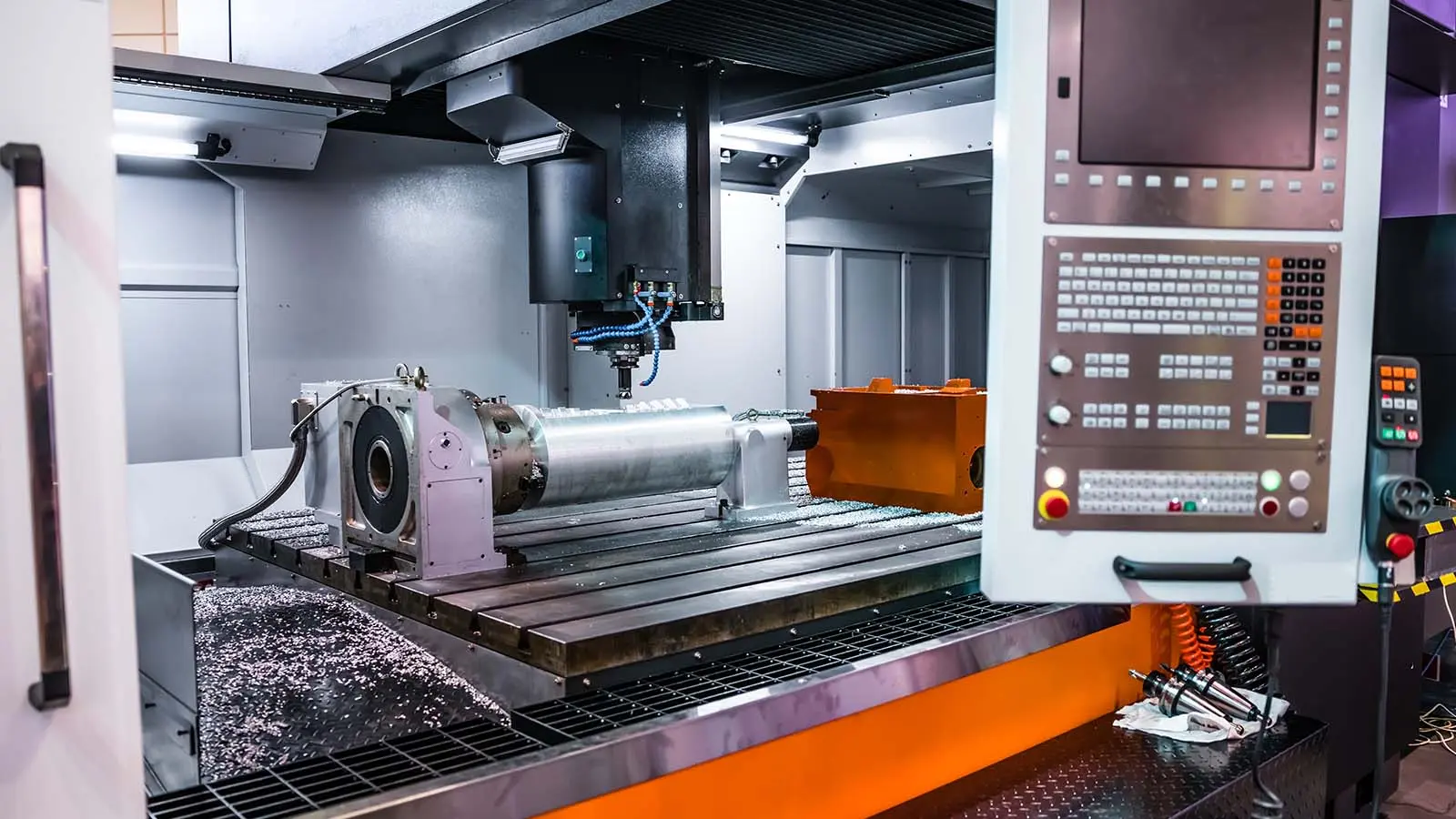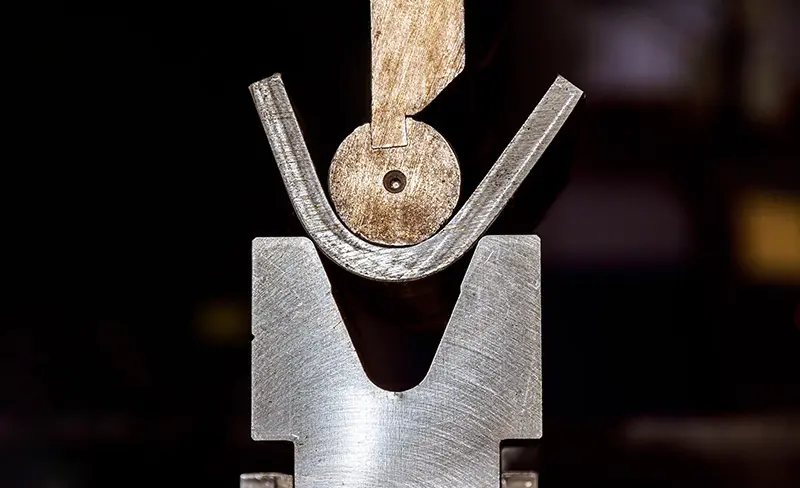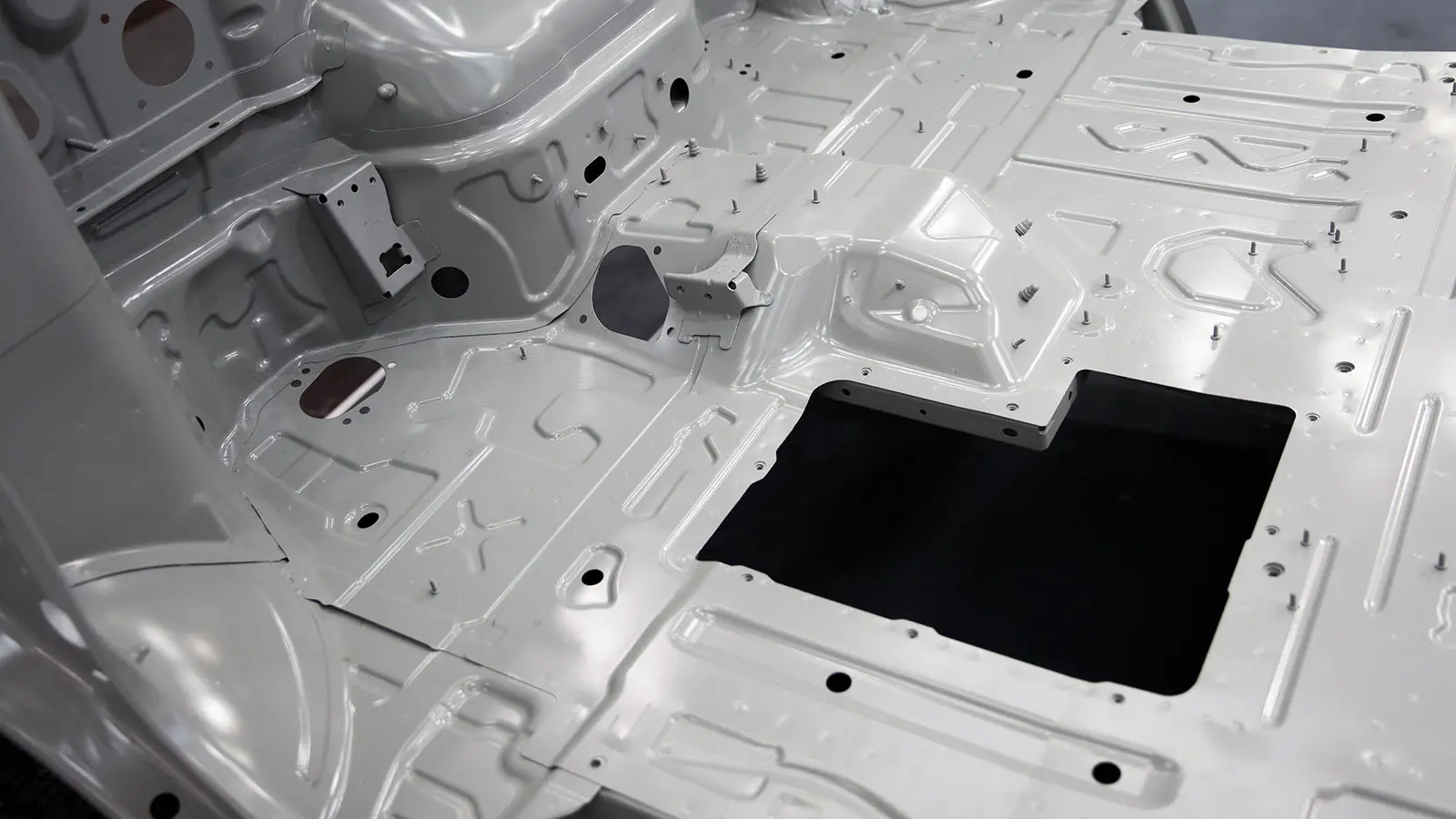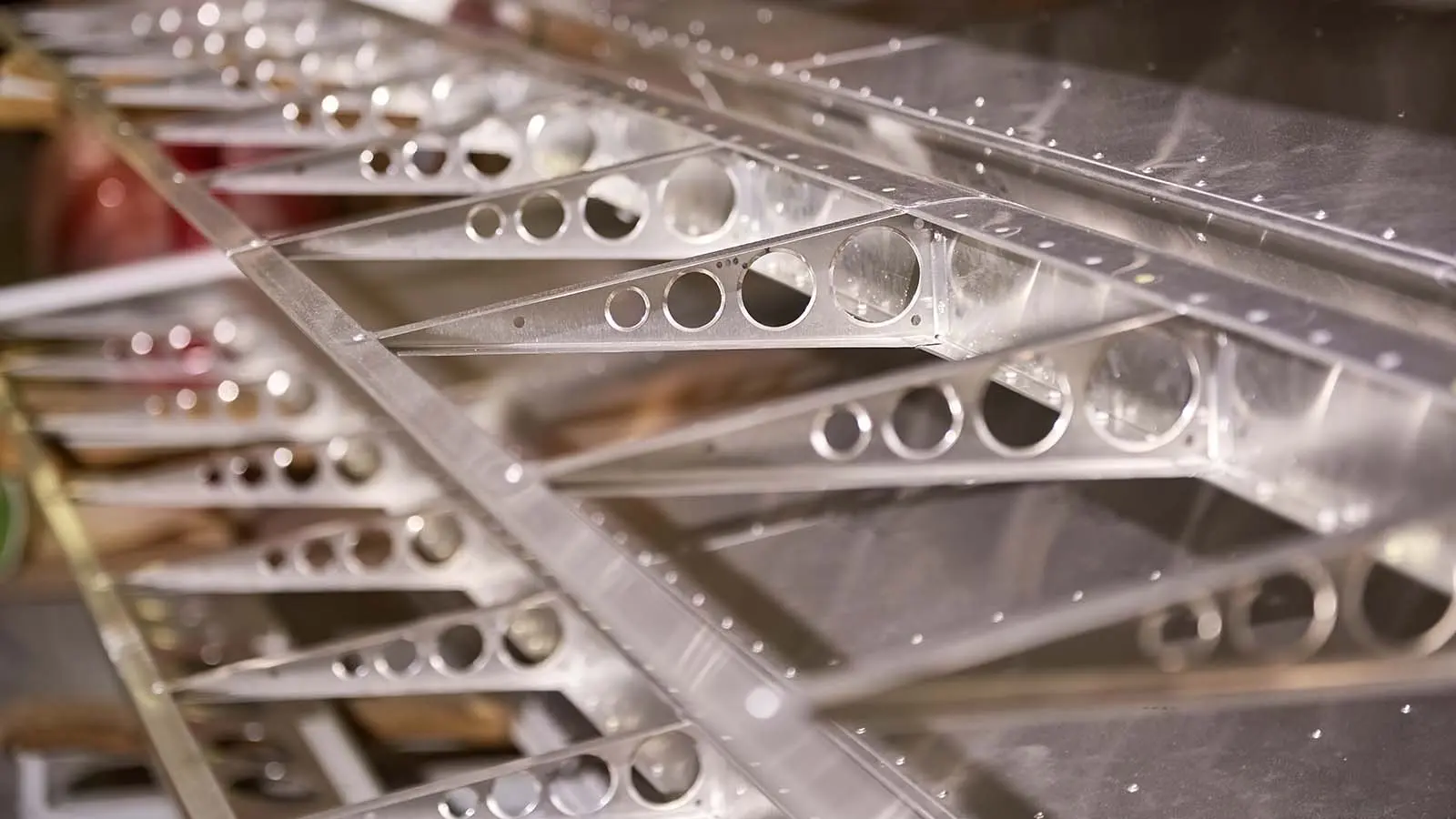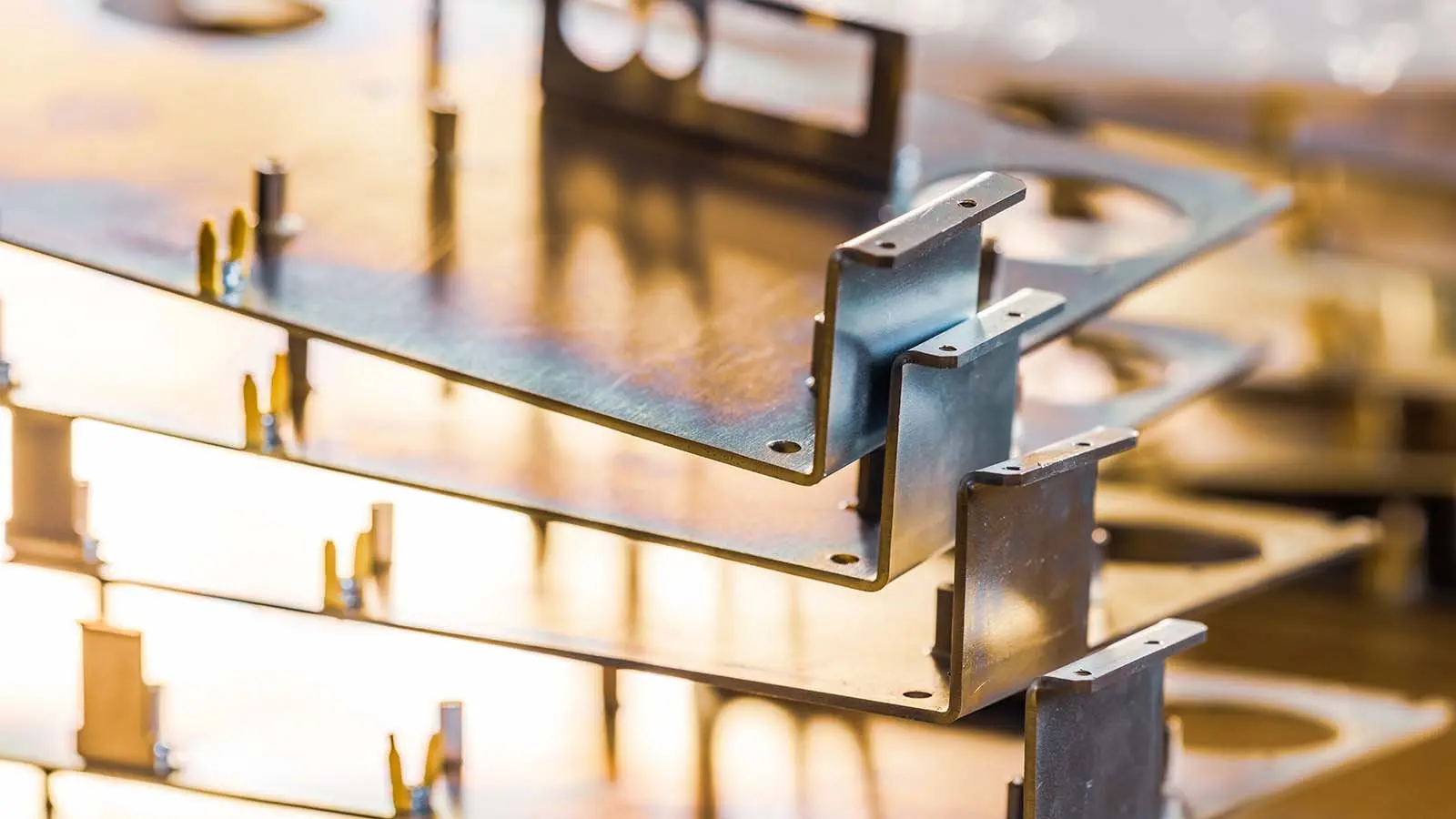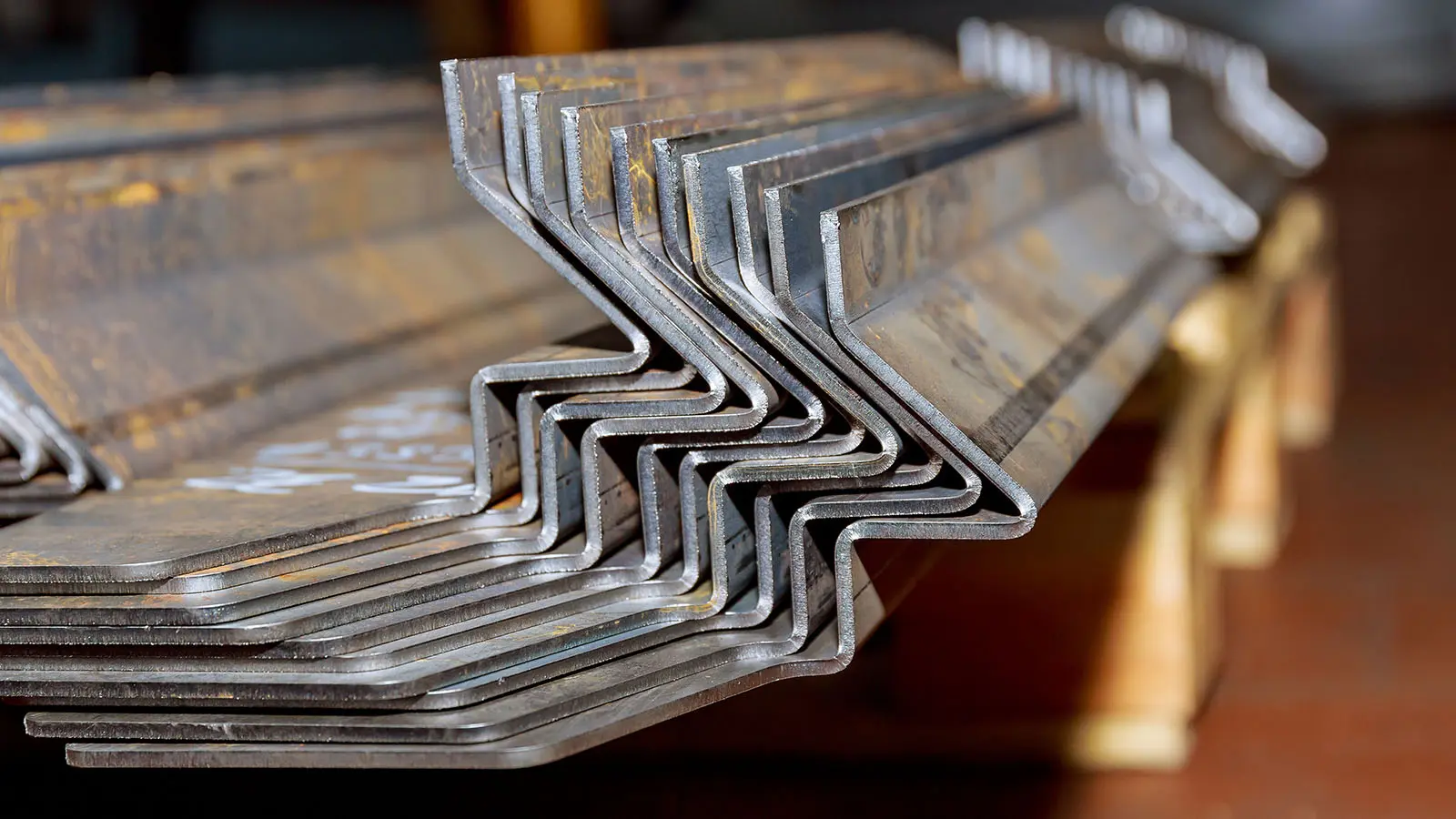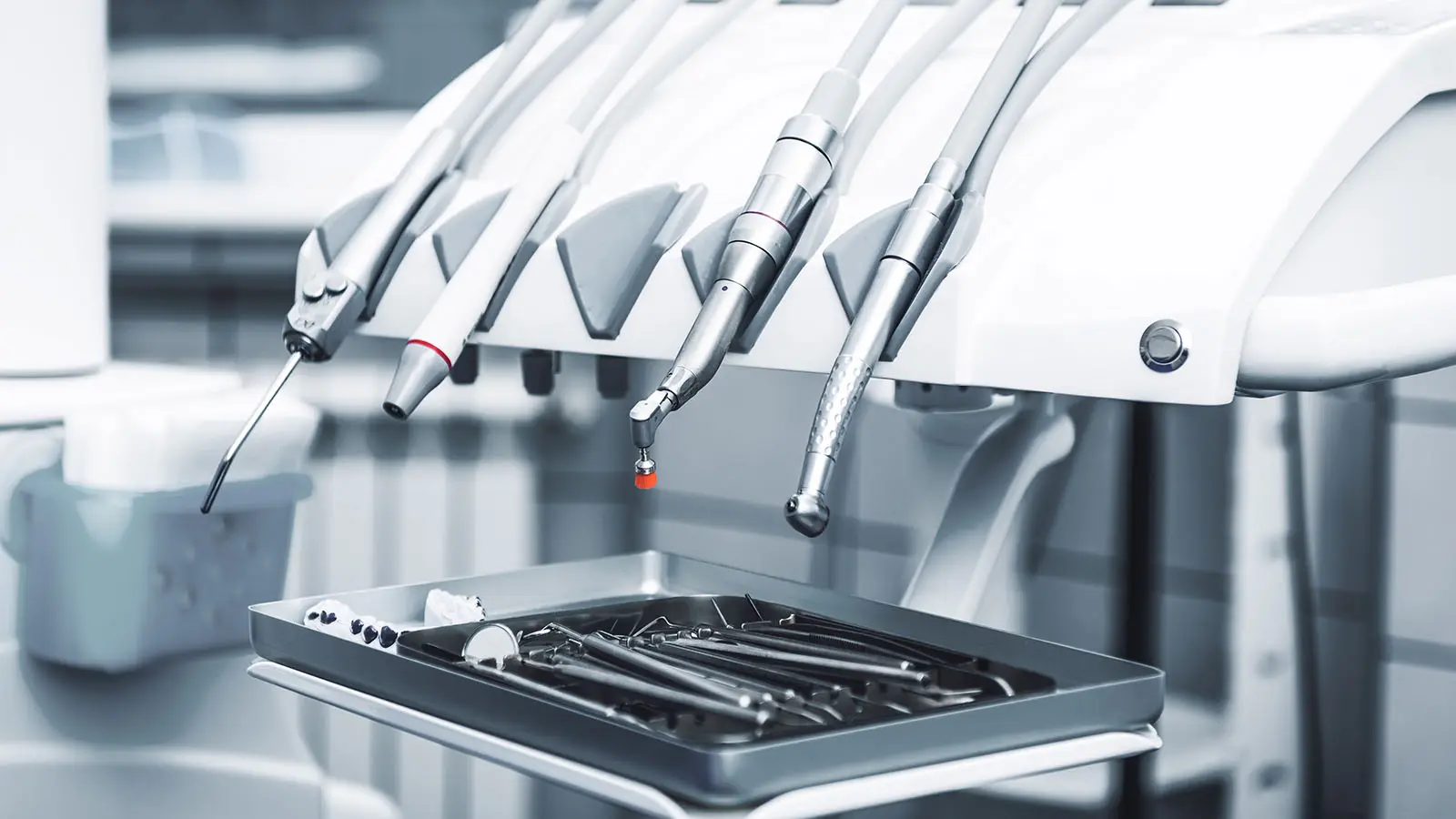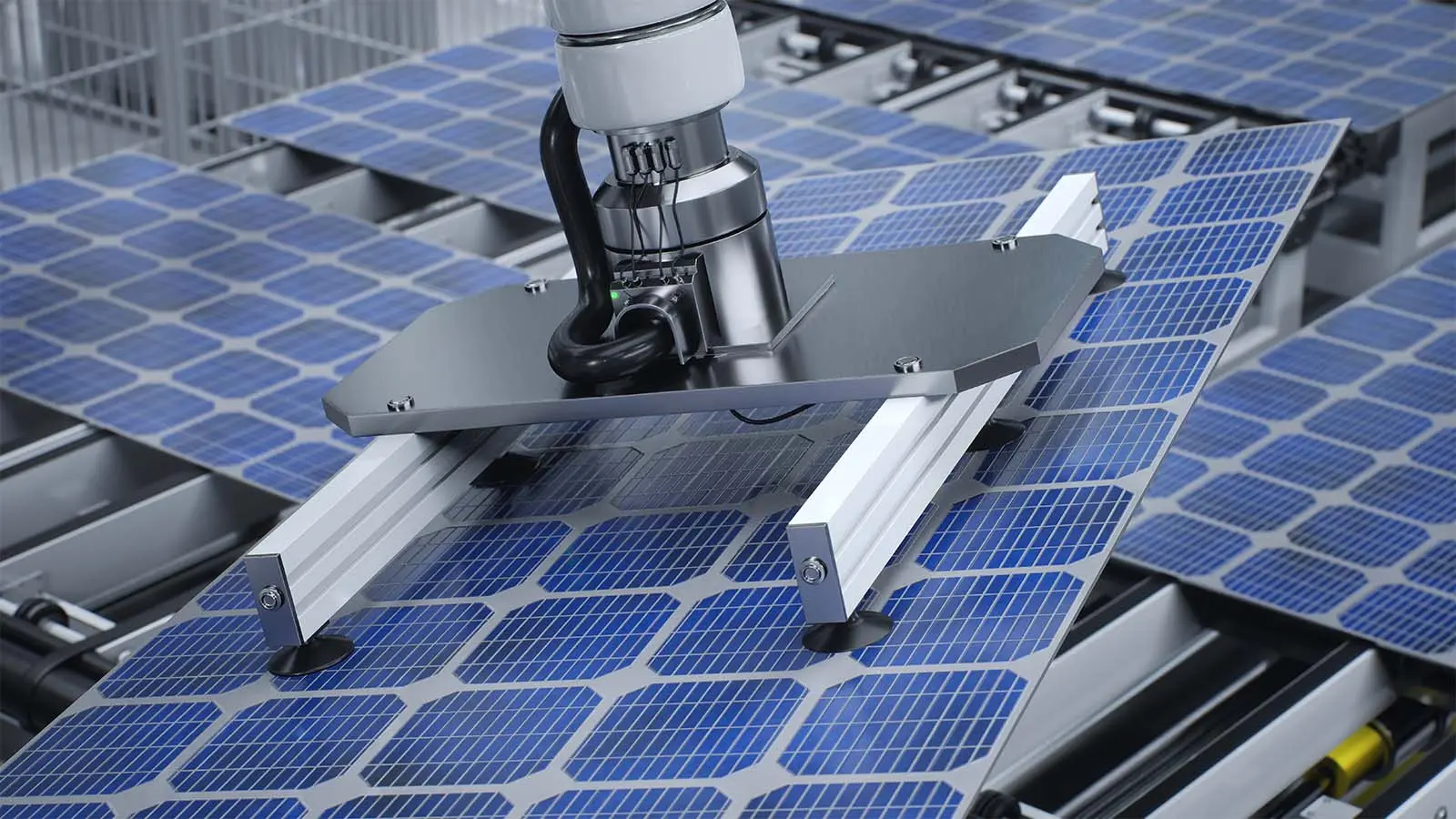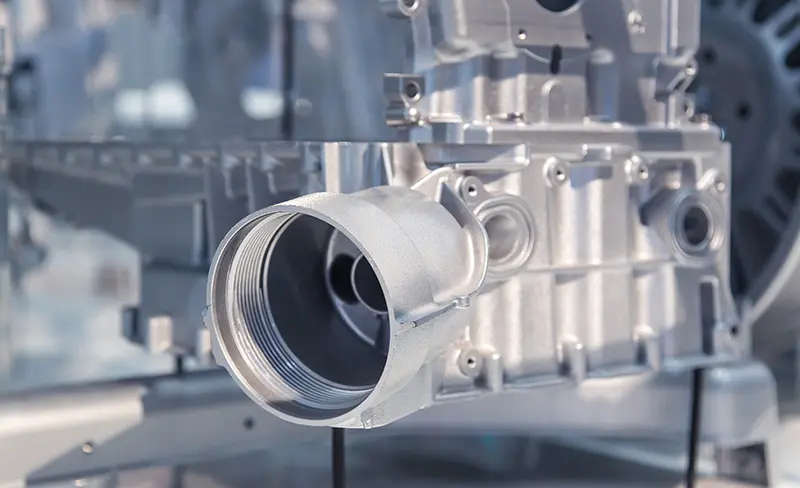
Choosing the Right Surface Finish for Your Projects: A Guide
Choosing the Right Surface Finish for Your Projects: A Guide
- Release Date: April 26, 2024
Choosing the Right Surface Finish for Your Projects: A Guide
Achieve excellence in your projects by choosing the perfect surface finish. From industrial components to consumer goods, the right finish enhances appearance, functionality, and longevity. Dive into a world of options, from mechanical to chemical processes, each offering unique benefits. Explore advanced techniques like powder coating and anodizing for durability and aesthetics. But beware, selecting the ideal finish requires balancing quality and cost-effectiveness. Consider material properties, environmental factors, and clear communication for success. Elevate your product with the right surface finish, maximizing value and performance.
Overview of Surface Finishes
Surface finishes are the ultimate makeover for projects, defining their looks, durability, and functionality. Whether it’s stunning aesthetics, corrosion resistance, or smooth adhesion, the right finish delivers. Dive into a world of options, from mechanical methods like grinding and polishing to chemical marvels like anodizing and chrome plating. Need toughness? Powder coating is your answer, offering a durable, corrosion-resistant shield. And for that flawless matte or satin look, bead blasting’s got you covered. Elevate your project with the perfect finish, making it shine bright and last long.
Factors Influencing Selection of Surface Finish
The selection of the appropriate surface finish for a project is a crucial decision that significantly impacts the performance, longevity, and aesthetic appeal of the final product. Various factors must be considered to ensure that the chosen surface finish meets the specific requirements of the project. This section outlines the key elements influencing the selection of surface finish, including material properties, intended application, environmental conditions, and cost considerations.
1. Environmental Conditions
The environment in which the finished part will operate can significantly influence the choice of surface finish. Exposure to corrosive substances, extreme temperatures, or high levels of moisture can dictate the need for finishes that offer enhanced protection. For instance, thermally sprayed coatings of zinc or aluminum can provide long-term corrosion protection to steel structures in aggressive environments. The susceptibility of different materials to corrosion and the effectiveness of various protective finishes must be carefully considered.
2. Cost Considerations
Cost is always a critical factor in manufacturing decisions, and selecting a surface finish is no exception. The economic feasibility of a particular finishing process depends on the complexity of the application, the required volume of production, and the level of precision needed. Finishes that require specialized equipment or extensive labor can significantly increase the overall cost of a project. Therefore, finding a balance between achieving the desired surface quality and maintaining cost-effectiveness is essential.
3. Material Properties
The fundamental properties of the material being used are paramount in determining the suitable surface finish. Materials vary widely in hardness, durability, and reactivity, which directly affects their compatibility with different finishing processes. For instance, soft materials may be damaged by aggressive abrasive techniques, necessitating a gentler approach to achieve the desired finish. Conversely, harder materials might require more robust methods to attain the appropriate surface texture. The inherent characteristics of plastics, such as lightweight and chemical resistance, also make them suitable for specific finishes that capitalize on these properties.
4. Intended Application
The application for which the part is designed plays a critical role in selecting a surface finish. Surface finish can affect the functional aspects of a part, including its friction, wear resistance, and ability to bond with other components. For example, parts that are intended to move against each other may require a smoother finish to reduce friction and wear. Additionally, aesthetic considerations are crucial for parts that will be visible in the final product, where a visually pleasing finish may be prioritized.
5. Communication and Specification
Effective communication of surface finish requirements is crucial to ensure that the manufacturing process delivers the desired outcome. The surface finish needs to be precisely specified in the design phase to avoid misunderstandings that could lead to suboptimal product performance or increased costs. This includes detailing the allowable roughness, material type, and any special coating or treatment that the part should receive.
Selection Criteria
When determining how to produce a product requiring a specific finish, the initial step involves selecting a method capable of achieving the necessary surface finish. Often, combining multiple processes may be necessary to achieve the desired outcome cost-effectively. The selection of different production methods or tools is directly related to the degree of surface finish according to the densities of the different raw materials. Establishing exacting surface finish standards is crucial for the durability and effectiveness of products, necessitating a methodology that balances quality with cost-effectiveness.
1. Material and Process Consideration
Selecting the appropriate surface finish technique also depends on the material intended for finishing. Different materials respond differently to various finishing techniques; identifying the material helps understand the compatible methods. For wood finishes, factors such as the type of project, the type of wood, its intended look, and environmental impact play significant roles in the selection process. The choice of a durable surface finish adds value to the finished product but can also drive manufacturing costs.
2. Aesthetic and Practical Implications
The aesthetic and practical implications of the surface finish should not be overlooked. Metal products, for instance, can vary greatly in appearance based on their surface finish, affecting not just their looks but also their practical utility. The finish can significantly impact a product’s repeatability, consistency, and quality. Additionally, environmental factors like humidity can affect surface preparation and coating quality, highlighting the need for careful consideration of the working environment during the selection process.
Applications of Different Surface Finishes
Selecting the right surface finish for a project is crucial for enhancing its appearance, performance, and durability. Various industries and applications demand specific types of surface finishes due to their unique requirements concerning aesthetics, corrosion resistance, wear resistance, and adhesion. This section outlines the applications of different surface finishes based on collected information.
1. Industrial Applications
For industrial uses, particularly in the fields of chemical processing and manufacturing, a mechanical finish is often employed due to its coarse nature, which is a preliminary step before further manufacturing. This type of finish, achieved through grinding or rough grinding, is suitable for applications where heat resistance and corrosion resistance are paramount but the smoothness of the finish is not critical. Examples include chemical tanks, aircraft heaters, steam turbine shrouds, and piping.
2. Medical and Food Industry
A much finer finish than the #4 architectural finish is required in the medical and food industries to enhance both the physical appearance and the sanitary benefits of metal surfaces. This finish involves meticulous care to remove any surface defects like pits that could harbor bacteria, making it almost exclusively used on stainless steel for such applications.
3. Aerospace Industry
In aerospace applications, the functionality and performance of a material can be critically dependent on its surface texture. A rough surface may be necessary to promote bonding between materials or to increase surface area for efficient heat transfer. Additionally, electropolishing is used to streamline metallic surfaces on a microscopic level, which is essential for high-performance finishes in aerospace, medical, and custom décor applications.
4. Construction Industry
Surface finishes in the construction industry are utilized to improve both the appearance and performance of building materials such as concrete, wood, and steel. These finishes can offer enhanced corrosion resistance and aesthetic appeal, contributing to the longevity and durability of construction projects.
5. Protective Coatings
Powder coating and bead blasting are popular choices for achieving a strong, wear-resistant finish compatible with all metal materials. These processes not only provide parts with smooth and uniform surfaces but also excellent corrosion resistance, making them ideal for a wide range of applications including automotive parts and outdoor furniture. Corrosion protection using Electroactive Polymers (EAPs) and barrier thermal spray coatings offers advanced protection against high temperatures, wear, corrosion, and oxidation for various industrial components.
6. Electrolytic and Chemical Processes
For applications requiring improved corrosion resistance and wear resistance, electrolytic or chemical-based finishing processes, such as Alodine finishing, are preferred. These methods offer better surface protection without altering the existing characteristics of the metal, making them suitable for components exposed to hazardous elements.
7. Custom and Decorative Finishes
Specialty applications, particularly in custom décor, demand high-performance finishes with unique textures, patterns, and roughness levels. Glass beading, for instance, is used to achieve a specific aesthetic by blasting a weld or surface area with glass beads, thus removing excess material and smoothing out the surface.
Advantages and Disadvantages
The selection of the right surface finish for different projects is a critical aspect of product design, development, and manufacture, significantly impacting the part’s performance, function, quality, and aesthetics. Various surface finishes offer distinct advantages and disadvantages that must be considered about the project’s specific requirements, including the design of printed circuit boards (PCB), storage conditions, functionality, and how they will be handled during assembly.
| Surface Finishes | Advantages | Disadvantages |
| 1. Lead-free Hot Air Surface Levelling (HAL) | Lead-free HAL is environmentally friendly, making it suitable for projects aiming to comply with green manufacturing standards. | The finish may not be as smooth as other options, potentially affecting the solderability and electrical performance of PCBs |
| 2. Electroless Nickel/Immersion Gold (ENIG) |
ENIG provides a flat surface which is beneficial for fine-pitch components, ensuring reliable solder joints and electrical performance. The gold layer offers excellent corrosion resistance, essential for longevity and reliability in harsh environments. |
Higher cost compared to other finishes due to the use of gold, making it less economical for large-scale or cost-sensitive projects. |
| 3. Immersion Silver (ImAg) |
Offers good solderability and a flat surface, similar to ENIG, but at a lower cost. Suitable for high-frequency applications due to its excellent electrical properties. |
Silver is prone to tarnishing when exposed to air and sulfur, which can affect the long-term reliability and performance of the PCB. |
Conclusion
Try NOWfab Now!
All information and uploads are secure and confidential.
Latest Blog Posts
Stay at the forefront of industry innovation by reading our latest blog post.
